Iran Part 6: Our journey from Yazd to Isfahan
Cycling on lonely desert roads and exploring magnificent Isfahan (43)
Lonely desert route in the heart of Iran
With our 4-month visa for Iran in our pocket, we’re ready for the onward journey from Yazd to Isfahan and according to other travelers, it should be one of the best cycling routes in the country. And they’re right. The first few kilometers were a bit dull, but then we left the tarmac road and cycled on bumpy desert track. There is no infrastructure for 80 kilometers between Nodushan and Varzaneh and you feel completely alone here in the geographical heart of the country. The scenery changes every minute and then suddenly we see it in a distance like a fata morgana: a caravanserai in the middle of nowhere. Perfect timing as we’re hungry and looking for a shady place for our lunch break. Two kind Iranians share their bread and cheese with us and we enjoy a picnic in the caravanserai. Too bad it’s not later in the day, it would have been amazing to spend the night here as many travelers before.
We climb onto the roof of the caravanserai and can easily imagine how the caravans with their camels passed through here. It would be an ideal place for an illegal techno rave. When we continue towards Varzaneh the landscape becomes surreal and we soon hallucinate without a rave. To the left we can recognize sand dunes in the distance and to the right is a black volcano mountain. We struggle with strong headwinds and the heat and feel far away from civilization. Only a few cars cross our path until we reach Varzaneh exhausted at the end of the day.
Sand dunes, traditional mills and white chadors in Varzaneh
We stay two nights at the friendly Negar Guesthouse in Varzaneh, the ideal stopover between Yazd and Isfahan. Although tourism has arrived here, Varzaneh seems conservative to us. We miss the colors, the laughter and the women in the streets. Traditionally, the women here wear white chadors, maybe a tradition that goes back to Zoroastrism, where the color white is considered holy. They’re called “the white angels” of Varzaneh. The younger women though prefer the black chador, that is worn everywhere in the country. For us, the women look like black and white ghosts as they pass by quickly and remain anonymous and distant to us. Despite this first impression, the locals are extremely hospitable and help us where they can. For example, when we ask in a supermarket for a certain yogurt that they don’t have in stock, they start asking around and making phone calls until they find someone that can organize the desired yogurt for us.
Varzaneh is a popular weekend destination for the townspeople and you can identify them quite easily, as they dress differently than the locals of Varzaneh. Most visitors head directly to the famous sand dunes, that are about 10 km away. It’s an adventure playground à la Iran with quad tours, sand boarding and lots of music. We take a short camel ride on the dunes, but we don’t really get this remote desert feeling. The voices of the people, the sound of engines just feel too close and there’s trash everywhere. To experience the desert more intensively, one would have to take more time, go further into the dunes and spend the night under the stars. There are several guesthouses offering desert camping trips, but since we’ve just recently visited Dasht-e Lut, we’re content with a small excursion to the dunes of Varzaneh.
On the way back from the dunes to Varzaneh we stop at a traditional henna-mill and at an ox-well. At the camel-mill, henna powder is grinded the traditional way. The owner sings a folkloric song and the camel moves around and grinds the henna. Of course, it’s a tourist attraction, but for us it’s also a unique experience. After the show we’ll chat a little with the people working there and take some photos. Then we cycle on to the nearby ox-mill, an example of an ancient system used to irrigate farmlands. At first nothing much seems to happen, we just see an ox standing around stubbornly. Then the owner starts to sing and as soon as he hears his voice, the ox slowly starts to move and pulls a rope with water from the well. The water is directed to the fields of the farmers. This system was broadly used from 600 years ago, but nowadays, farmers started to use more reliable water-pumping machines. A friend of ours was here a few years ago and says that it was exactly the same owner and ox as back then, they seem to be a good team.
The last kilometers to Isfahan
From Varzaneh we need two more days to reach Isfahan and it has much more traffic and is not as spectacular as before. Nevertheless, it’s a pleasant route as we make a detour to Ghurtan, a 1000-year-old adobe citadel. An imposing thick wall with 14 watchtowers surrounds the old town, which reminds me strongly of the oasis town of Khiva in Uzbekistan. We can enter the old town directly with our bikes, there is no entrance fee and judging by the curious looks of the locals, not many tourists pass by here. We explore the adobe streets with the dilapidated buildings and are surprised when we come across a chicken coop and a mosque. A few people still seem to live in the citadel and we’re fascinated that such places still exist.
In the afternoon we fight again with a strong headwind and therefore we look for a sheltered campsite a bit off the road in the evening. The area here is densely populated and it’s not easy to find a good spot. Just when we find a mediocre place to pitch our tent, a farmer approaches us. He wants us to come with him. He introduces himself as Aminu and leads us to a simple hut with a big room covered with carpets. We’re allowed to sleep here tonight and also use his kitchen and toilet. He goes back to the village and stays with his family.
In such moments, the simplest things are the biggest luxury for us. We’re extremely grateful to him and cook ourselves a delicious dinner. When we’re already in our sleeping bags, he comes back again and invites us into his home, because it’s actually too dangerous to spend the night out here. After a long back and forth we are allowed to stay. We are grateful for this generous offer and want to return the favor somehow. We leave him some chocolate, a letter and a few rials and find it a pity that we don't see him the next morning. We drive off and are caught up shortly afterwards by Aminu, who drove after us. He returns the money to us, saying that we are his guests. That’s Iran for you. Again and again, such heartwarming stories happen to us in Iran, which could by now already fill a book.
Isfahan is half the world they say
Short Notes Isfahan
How long to stay: As long as possible of course, it’s Isfahan. However, you need at least three days for the main sights and you won’t regret it.
Where to stay: Sarv Hostel (budget), Joybar Boutique Hotel (design), Motamedi Boutique Hotel (for that royal feeling).
Where to eat: Toranj Restaurant, Shahrzad Restaurant.
Local specialty: Beryan (a flatbread stuffed with lamb).
Don’t miss: Naqsh-e Jahan Square, checking out the artisans in the bazaar, evening stroll on the Si-o-Se Pol Bridge.
We reach the legendary city of Isfahan (2.2 million inhabitants), which, like Samarkand, promises a touch of Silk Road feeling and is considered to be the most beautiful city in Iran. We’re planning to stay a week to explore the city. What strikes us first are the many cyclists in the city, the relaxed atmosphere and the many tree-lined boulevards. A truly livable city with a great vibe. We drive to Zahra, a young lawyer we met on the island of Qeshm. She’s been an enthusiastic cyclist for some time and invited us to her place. But we’re not only staying there, Zahra also takes her time to show us her city and her life.
We get to know her family and friends, cook Kashk-e Bademjan together, cycle through the city and just go with the Iranian flow. It's nice to finally be able to spend more time with someone. On the very first evening she takes us to a friend who teaches traditional Iranian singing, called “Avaz”. We sit in his apartment together with young Iranians who meet regularly to sing together. We take a seat and are allowed to listen. It surprises us that the Persian classical music is still vividly alive in Iran and all generations listen to it. When they ask us if we could sing traditional songs from Switzerland, we don’t know what to say as we lack this connection to our culture and traditions and we can't think of a song that would fit this moment.
The next morning, we take a trip to Jolfa with Zahra’s family. The wealthy Armenian neighborhood Jolfa has become a trendy district in recent years with chic restaurants, many shops and European style cafés. It’s a great place to walk around in the evening. But Jolfa is equally famous for its historic churches. We visit the 17th-century Vank Cathedral. The sumptuous interior is richly decorated with wall paintings full of life and color showing biblical scenes. A surprisingly well-designed museum provides insight into the life of the Armenian community in Iran and its traditions.
Naqsh-e Jahan Square, maybe the most beautiful square in the world
In the evening we visit the most famous square in Iran, the 560 m long and 160 m wide Naqsh-e Jahan Square, another UNESCO World Heritage Site. It’s one of the largest squares in the world and, above all, one of the most beautiful. When Shah Abbas I laid out this giant square 400 years ago, he not only had it framed all around with double-story arcades, but he also added some of the most magnificent buildings in the country. The square served as a marketplace, playground and fairground, and even today you can see the goal posts used in polo games.
We’re overwhelmed when we step onto the Naqsh-e Jahan Square for the first time. The many photos and documentaries couldn’t prepare us for this moment. It’s simply breathtaking. This majestic square with its lawns and fountains is not only stunningly beautiful, but it’s full of life. Horse-drawn carriages whiz by, young couples cycle around, children fly kites and families picnic in the evening after breaking their fast (it’s still Ramadan during our visit). And since all tourists in Iran certainly visit Isfahan, the locals are used to foreigners.
The first time in Iran we’re approached by vendors promoting their shops and carpets and by the third attempt talking to us, even the nice gentleman from the store number one knows, that he’s talked to us before. But it doesn't bother us, because we’re enchanted. We keep returning to the square every day, as we want to experience it at all times of the day and in all facets. The square is at its best in late afternoon, when the blue-tiled minarets and domes are lit up by the last rays of the sun. In the evening, the square is bustling and it’s easy to chat with the locals everywhere. We can’t imagine anyone crossing this square and not being entranced by its beauty.
It's time to stop standing there in awe and start exploring the many architectural gems surrounding the square. At the head of the square stands the iconic Shah Mosque with its blue-tiled mosaics and the much-photographed entrance portal. They say 500,000 colored tiles were used for the elegant mosque and the main dome is 54 meters high and the acoustics are phenomenal.
It’s impressive indeed, but we find the small Sheikh Lotfollah Mosque just opposite the royal palace even more stunning. The mosque was used by Shah Abbas and his family and is connected to the palace by an underground passageway, so the women were protected from the eyes of strangers. The mosque is unusual because it neither has a minaret nor a courtyard. But what it lacks in size, it more than makes up for in grace, for the mosque is decorated inside and out with precious tiles and above the prayer room is a mighty dome with delicate colored tiles that change color throughout the day. It’s impossible to capture its beauty in photos.
Wandering the bustling lanes of the Grand Bazaar
On the north side of the square is the entrance to the bazaar, one of the oldest and largest in the Middle East. The sprawling covered market links Naqsh-e Jahan Square with the Jameh Mosque. The bazaar’s arched passageways are topped by small perforated domes spilling shafts of light onto the shops below. There are all kinds of stores carpets, spices, clothes, shoes, jewelry and handicrafts. Together with Zahra, we explore the maze of lanes, courtyards and caravanserais. A constant companion is the hammering coming from small craft workshops.
We’re particularly fascinated by the art of Ghalamkar. Large wooden stamps are used to print textiles by hand. We visit a man in a small workshop who learned the craft from his father. You can see the years of practice and we’re amazed at the precision with which he prints the tablecloth in front of him. Once you see such an elaborate manufacturing process, you have a completely different view of the many displays in the bazaar and can appreciate them much better. Unfortunately, we still don’t have more space in our luggage and have to be content with just watching.
Bridge over troubled water
Okay, we don't know exactly how many bridges the Safavids built in the 17th century, but they were true bridge builders and the city's richly decorated brick bridges with their many niches still bear witness to this today. The beautiful bridges can be easily connected on a bike tour along the river, which many Iranians also like to do. The majestic Si-o-Se Pol Bridge (33-arch bridge) is atmospherically illuminated at night and a popular meeting place where people gather to watch the sunset. The Pol-e Khaju is another fine bridge with a double arcade that was built by Shah Abbas II in about 1650.
This spring the bridges are even busier than usual, because for once the river Zayandeh Rud carries water. Last year, the bridges were the scene of ongoing protests against the lack of water in the drought-stricken region. Many Iranians see corruption as the main reason for the water shortage. They complain that powerful landowners are diverting water for their estates, leaving less for other citizens. For the moment the water has returned and the protest stopped, but who knows for how long. Right now, there’s almost a festival vibe at the bridges as everyone wants to see the water. Children splash in the water, a group of young girls giggle and watch the boys, an elderly couple strolls past us hand in hand, families enjoy a picnic and every now and then you hear someone singing or reciting a poem. We also keep coming back to the bridges and enjoy the romantic atmosphere in the evening.
More explorations in Isfahan
Every day we explore new corners of Isfahan and let ourselves be enchanted by this city. We walk through the grand bazaar and visit the Friday Mosque, Masjed-e Jameh, one of the oldest mosques in the country, which invites us to a foray through history with its different architectural styles. It showcases the best that nine centuries of artistic and religious endeavor have achieved with delicate mosaics, perfect brickwork and a prayer hall featuring a forest of pillars. Another time, we'll head to the restored historic Ali Qoli Aqa Hamam, a public bath with hot and cold water rooms where people not only bathed, but also traded and certainly gossiped.
And then there are two unique sights that we’re particularly fond of, even if they aren’t on the tourist track: the shaking minaret and a stately mansion.
Shake it off at Monar Jonban
In Iran, there are only two so-called shaking minarets left as far as we know, one at the village Kharanaq near Yazd and the other one in Isfahan. Different sized bricks supposedly ensured that these minarets would move in the event of an earthquake and thus not collapse, but the mysterious architecture of this buildings still remains unclear. Unfortunately, we weren’t able to check this in Kharanaq, so we take the chance to see how shaky the minaret in Isfahan would be.
The minaret only shakes a few times a day and no one can tell us the exact times, as it doesn’t seem to be one of the main sights in Isfahan. We just go there, take a seat and wait for over an hour. Then finally the time has come: a man climbs onto the minaret and starts moving back and forth with his full body weight and through his movements the minaret starts to shake and also sets the other minaret in motion. Both minarets have the same dimensions which plays a role in the shaking of the minarets. The whole spectacle lasts just a few minutes, but it was still worth the wait. Definitely a unique sight that probably only exists in Iran.
Mollabashi (Motamedi) Historical House
This little visited historical house is located very close to our accommodation and it was one of our favorite places. It was built by a Mr. Mollabashi and expanded over the decades with new elements. The house is so beautifully designed that you would like to spend hours there and the colors used, the furnishing and the architecture make it one of the most impressive houses in the city. The richly decorated mansion has an outdoor yard, an indoor yard and a beautiful alcove, where the light enters through the stained-glass windows. We’re served tea and coffee there and suddenly feel very royal. And if one visit is not enough, you can move right in there, because since a few months the house is used as a boutique hotel.
Saying goodbye to Isfahan
It’s not only these wonderful and special sights that make Isfahan so captivating. It’s the encounters with the people and the relaxed atmosphere that make Isfahan the most beautiful city in Iran for us. After a week in Isfahan we have to say goodbye to this magical city and its great people, especially Zahra, who we will miss.
One of the best things about traveling is all the people you meet. But one of the worst things about traveling is also all the people you meet. Opening our hearts to other people and having to say goodbye shortly afterwards is one of the downsides of long-term travel. We’ll continue and will have new encounters soon, while we leave people behind who can’t easily travel and follow their dreams. This discrepancy isn’t easy to bear, especially in Iran. This farewell isn’t easy either and we hope we’ll see Zahra and her family again in the future.

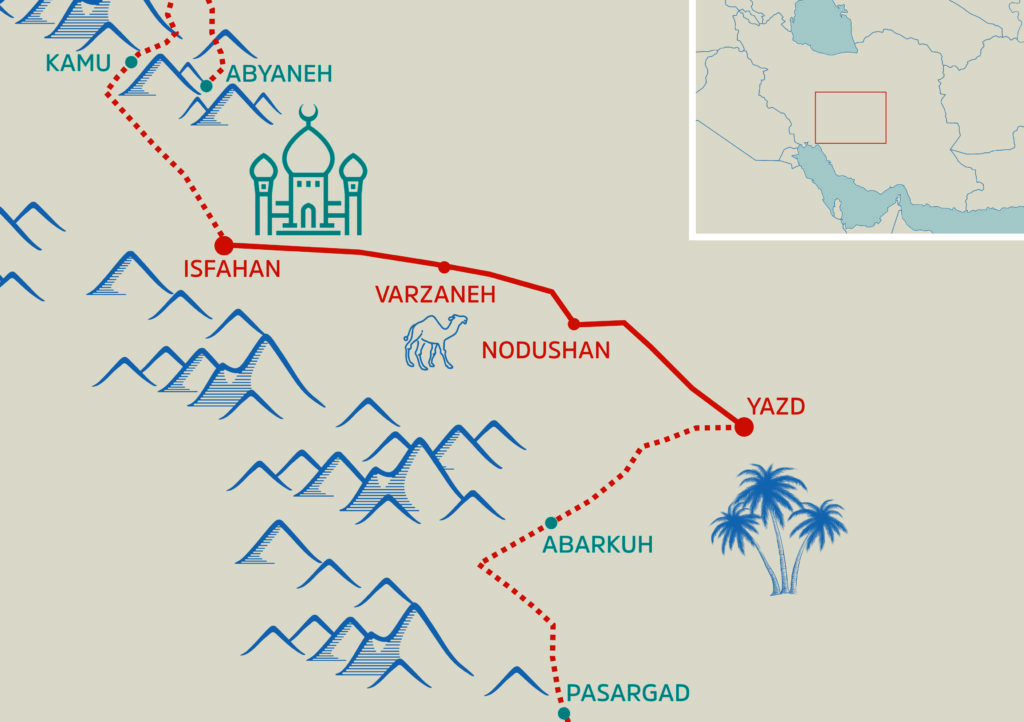
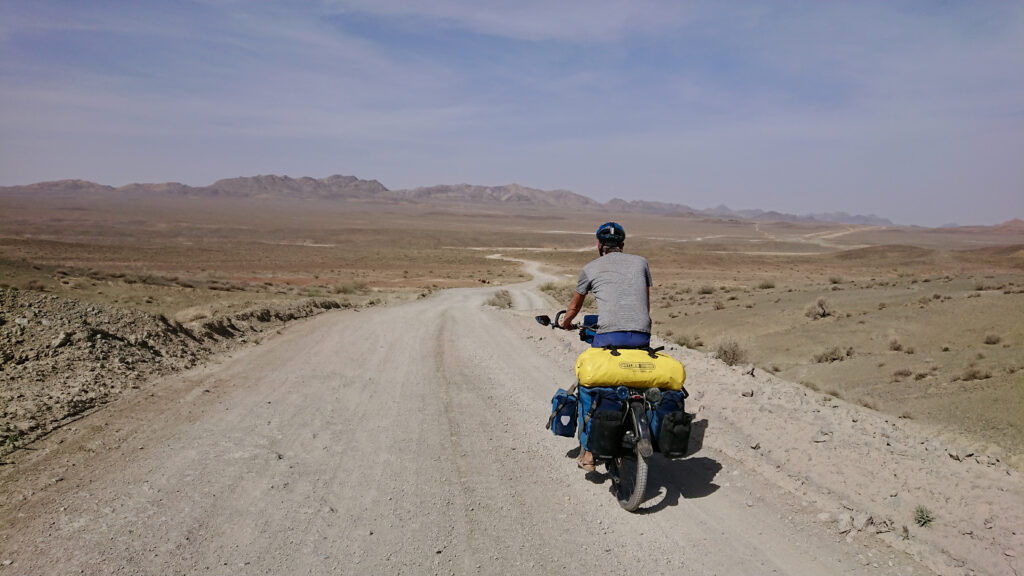

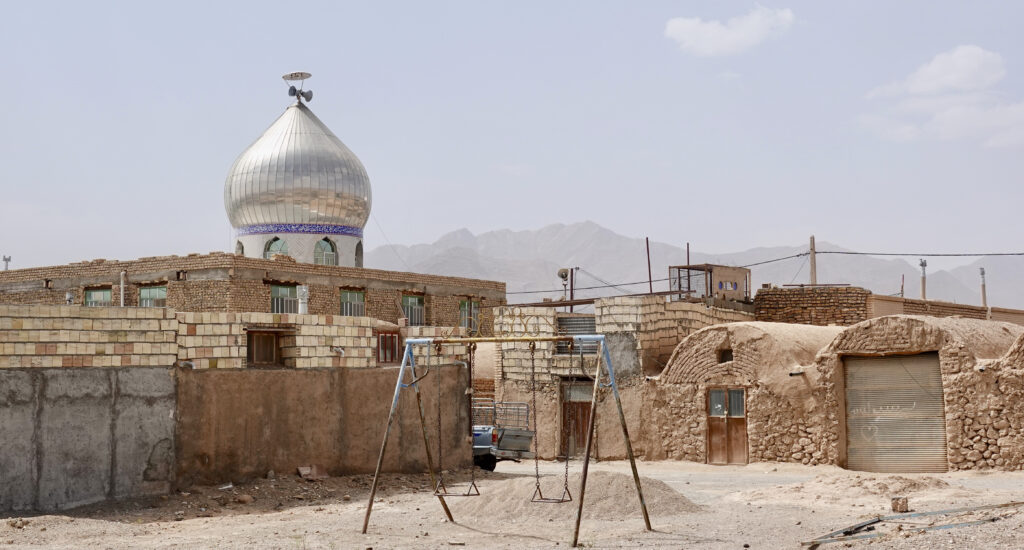
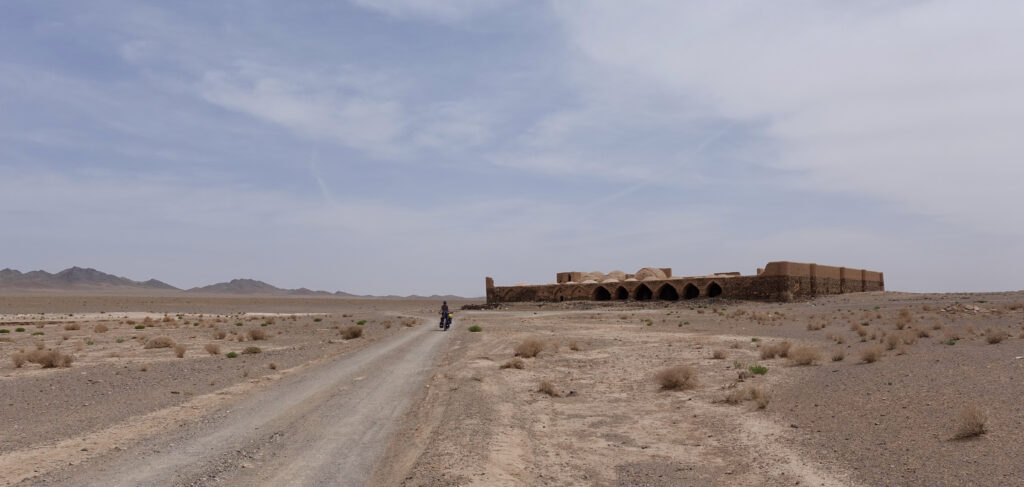
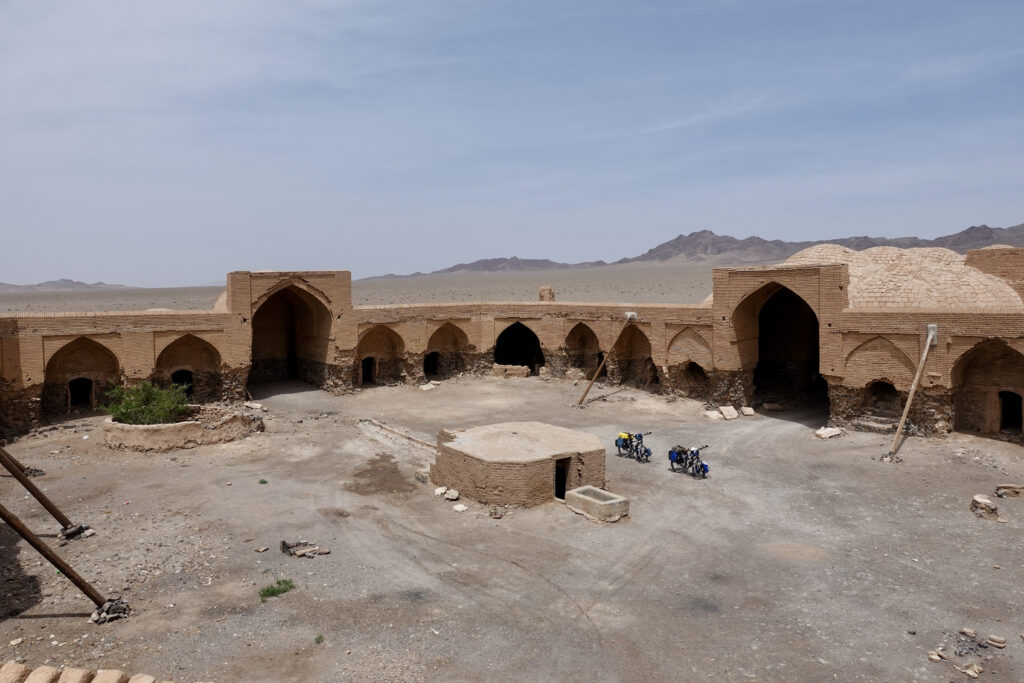
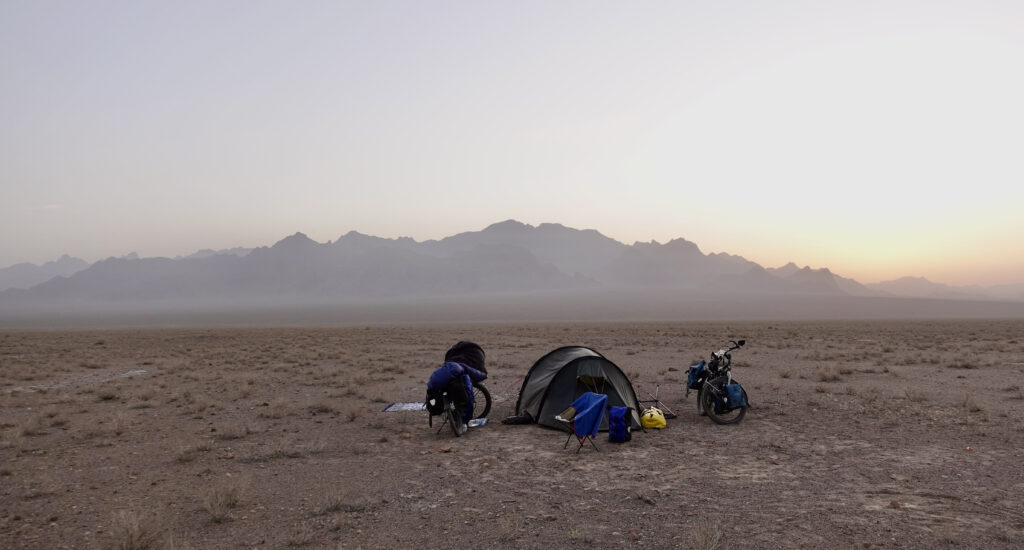
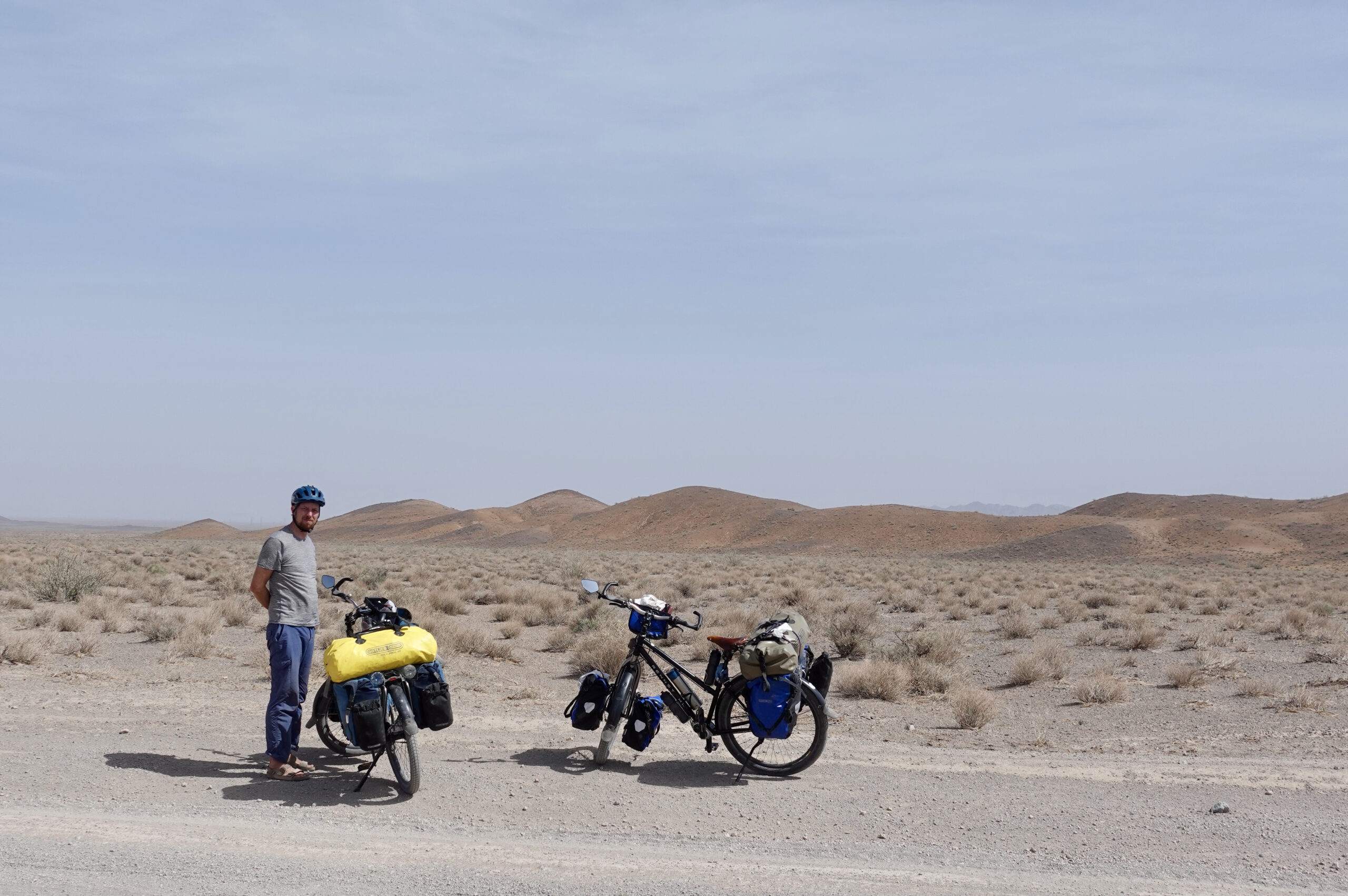
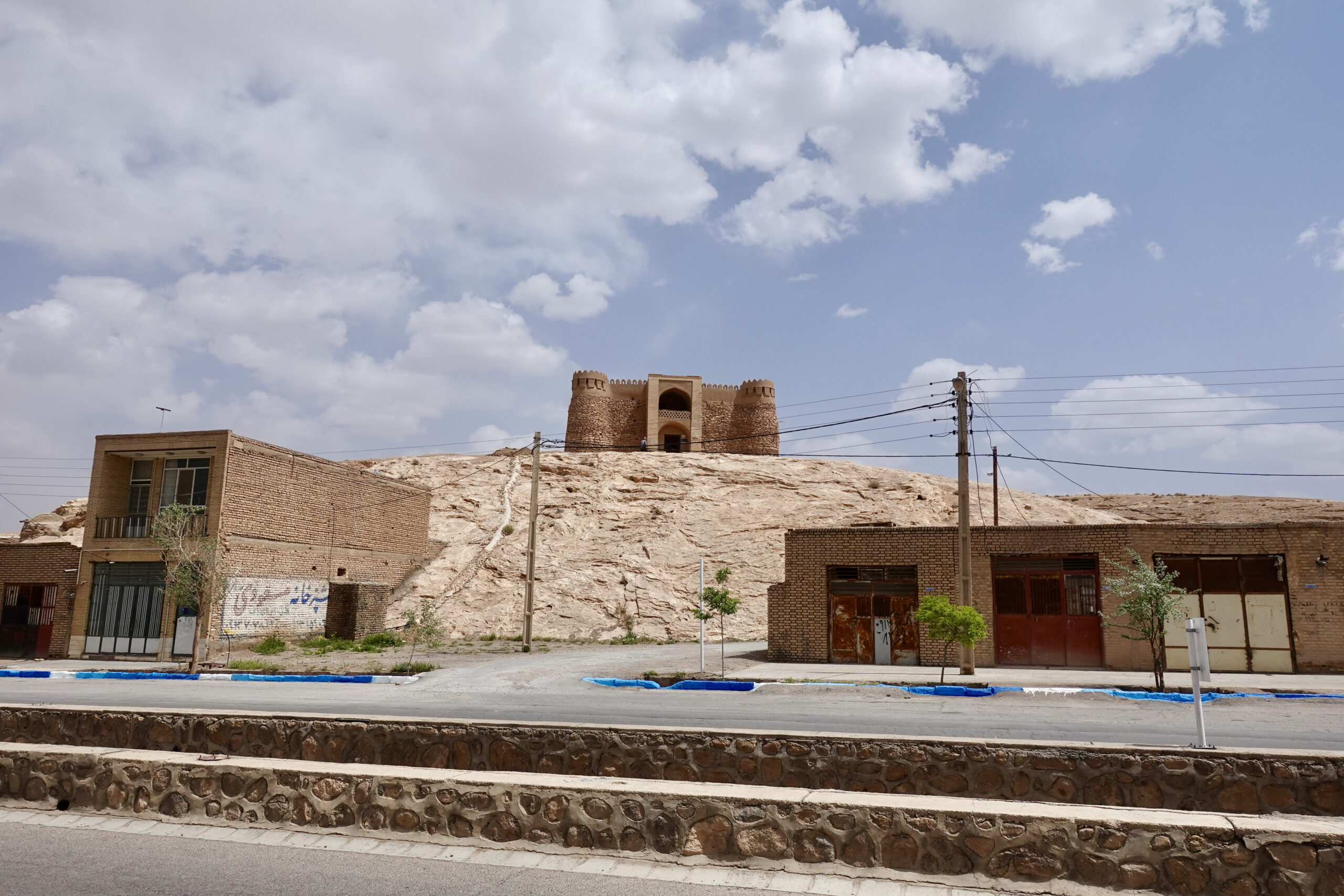
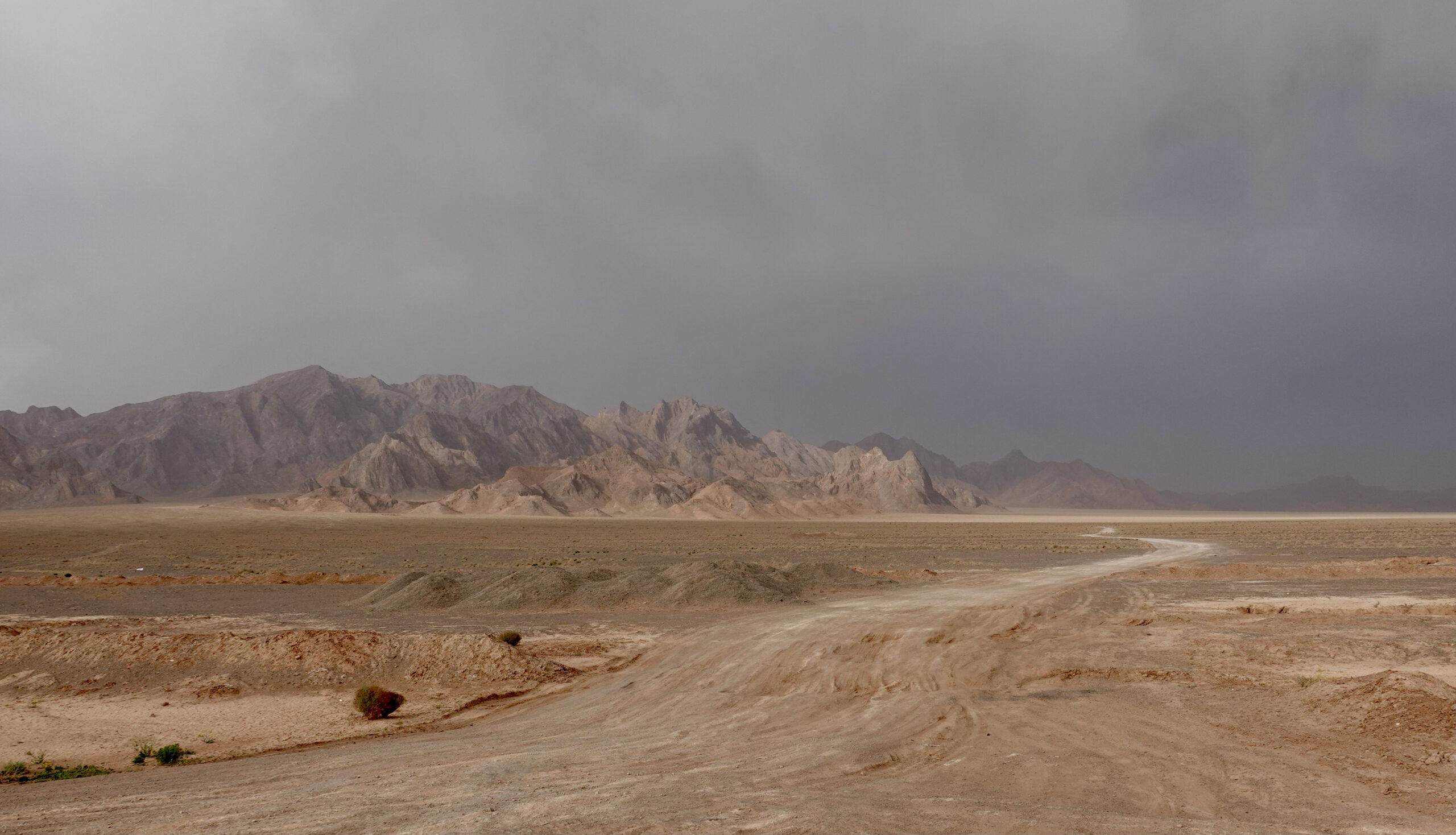


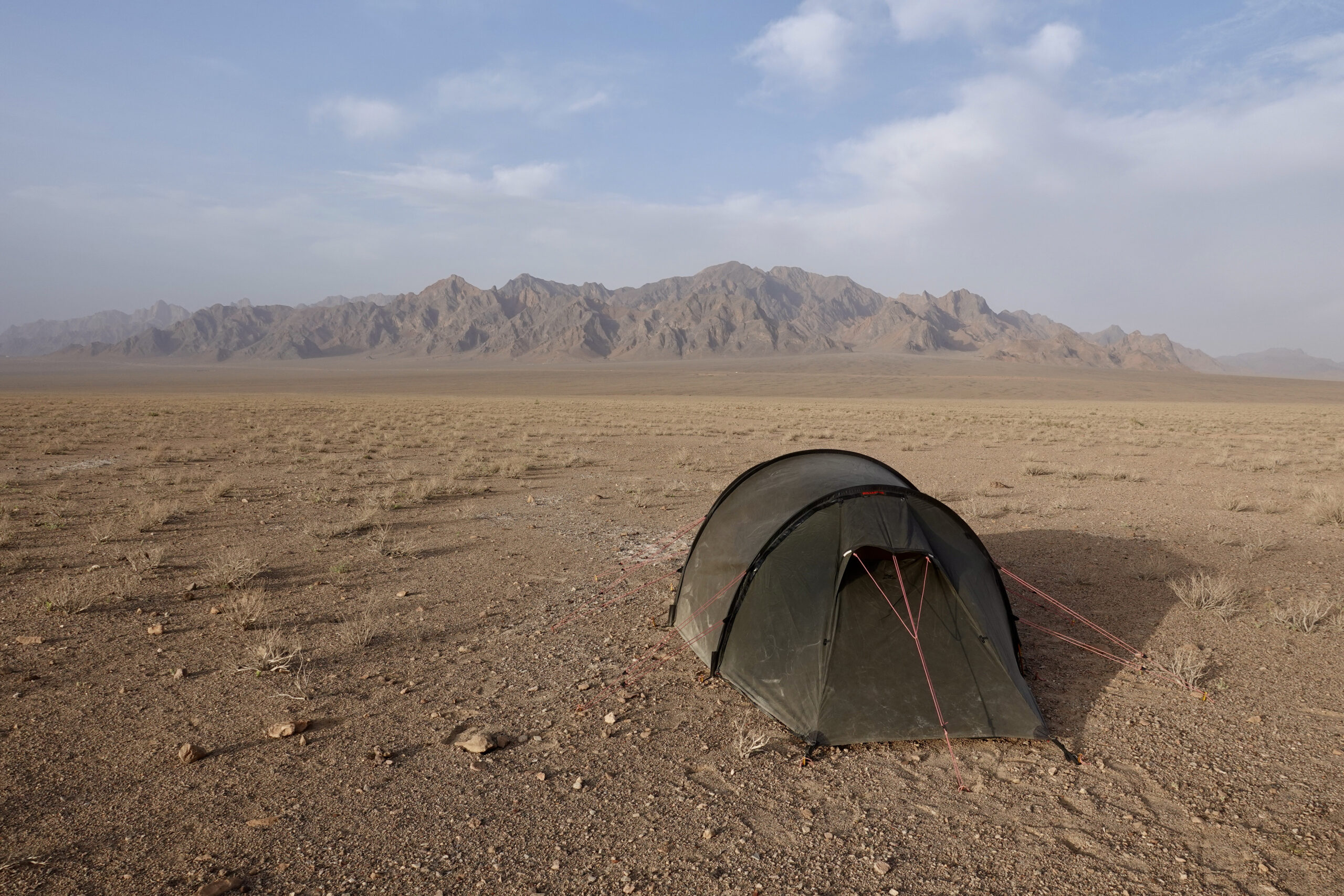
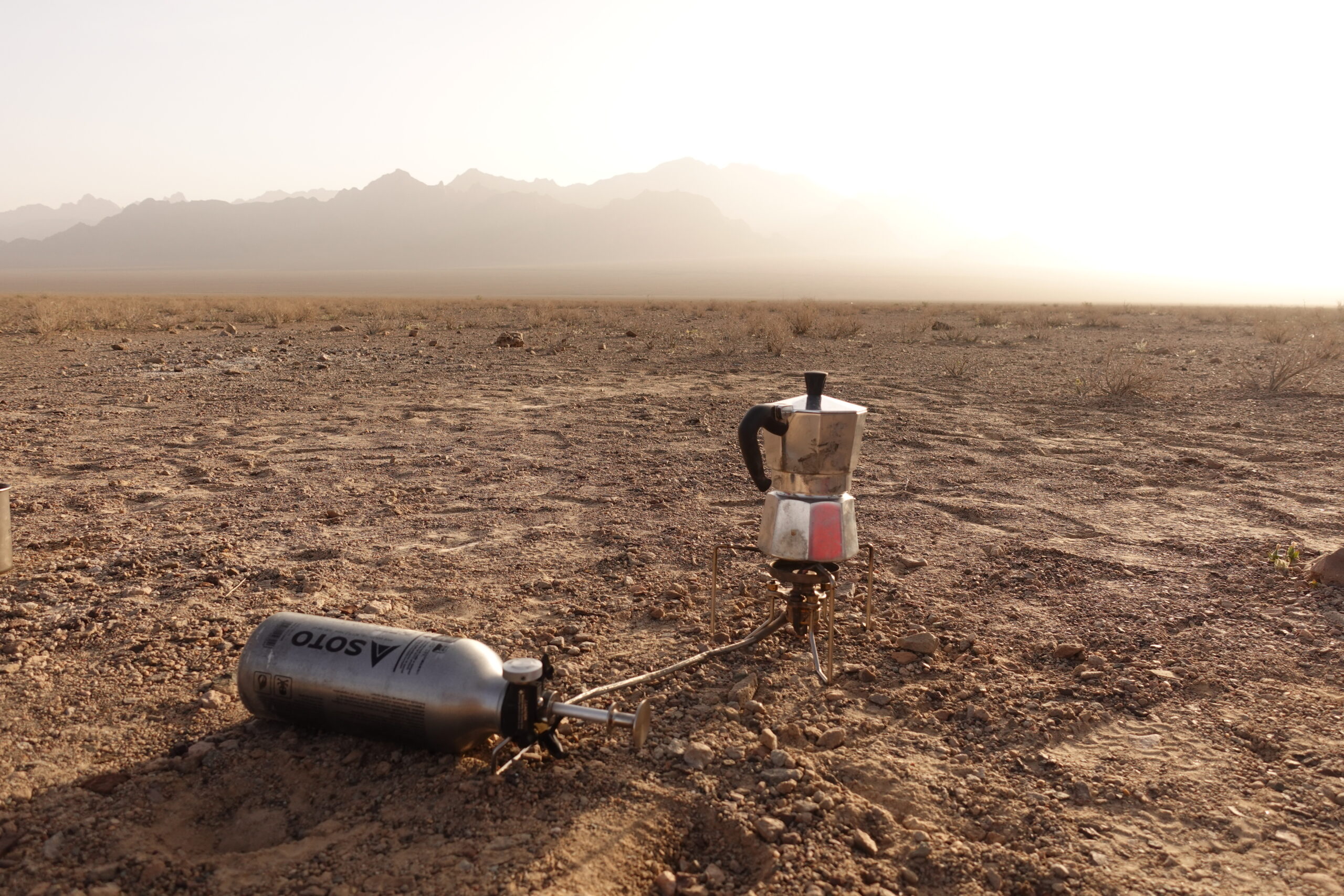
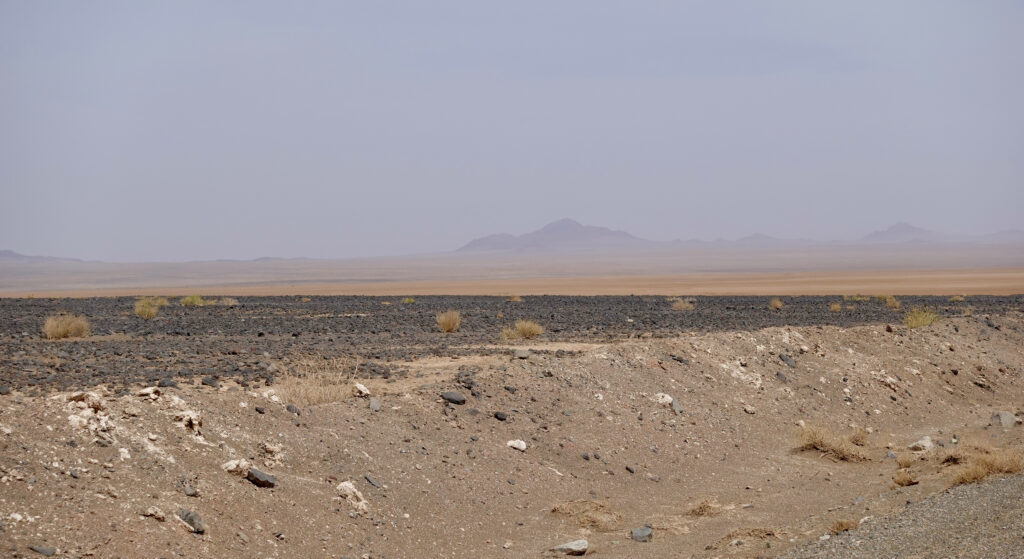
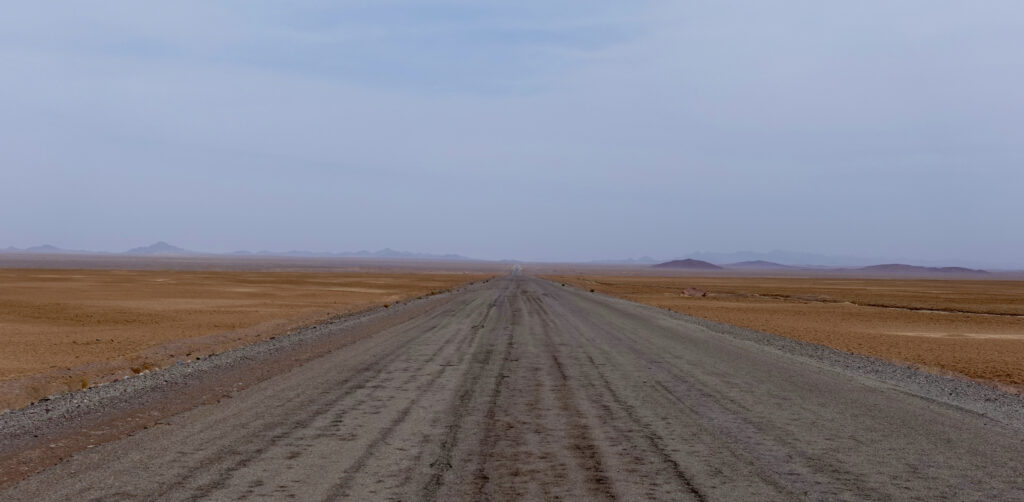
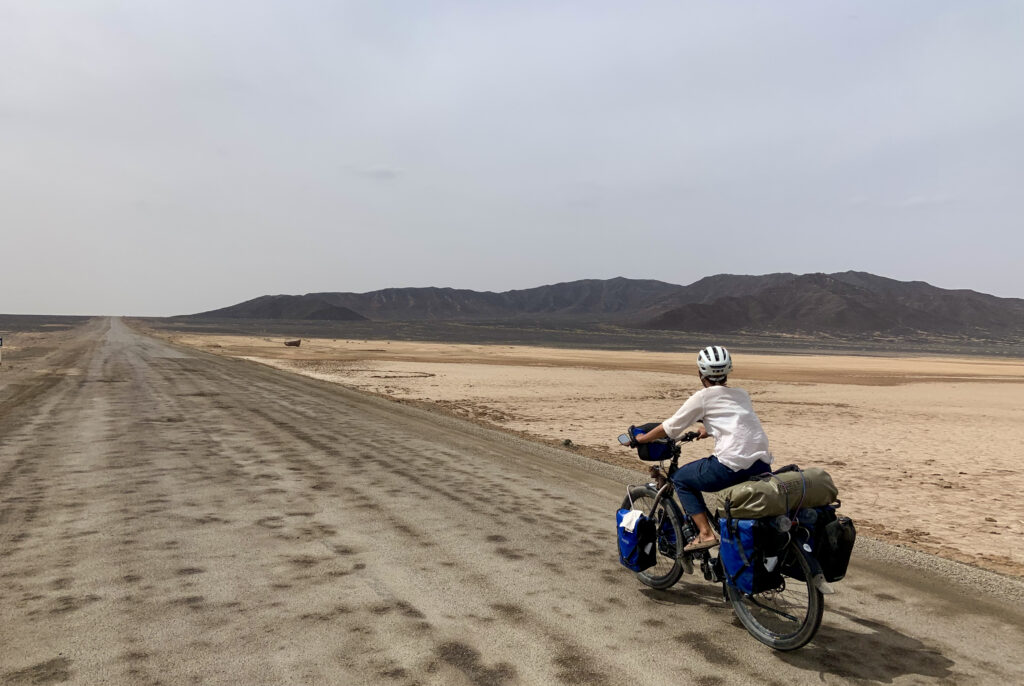
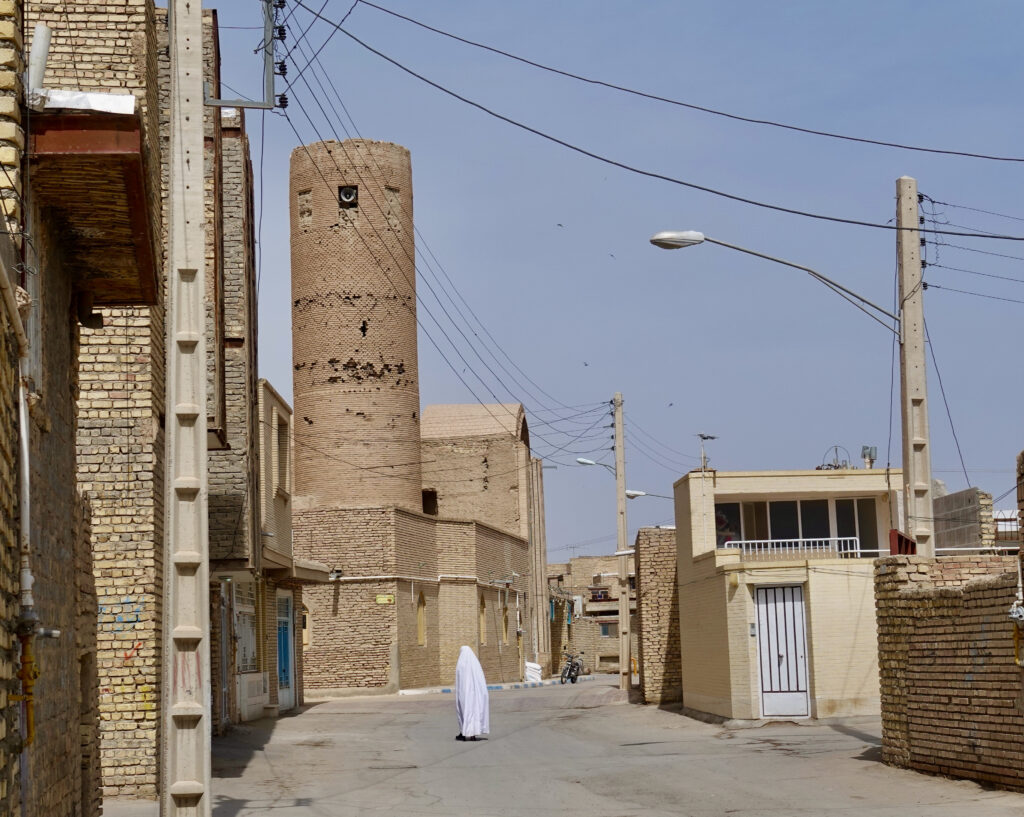


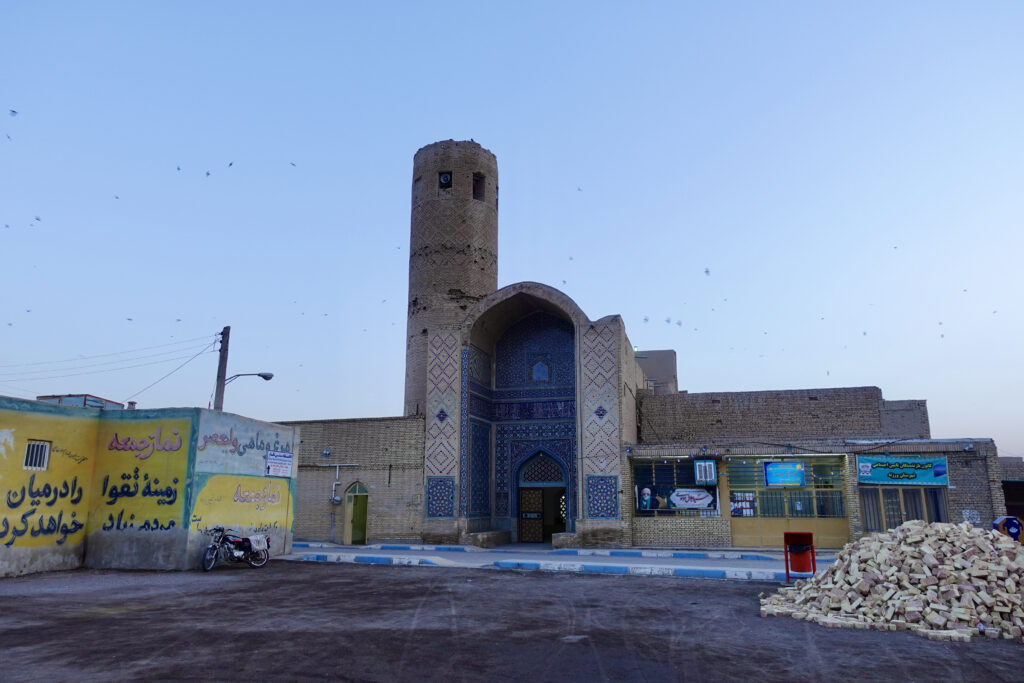
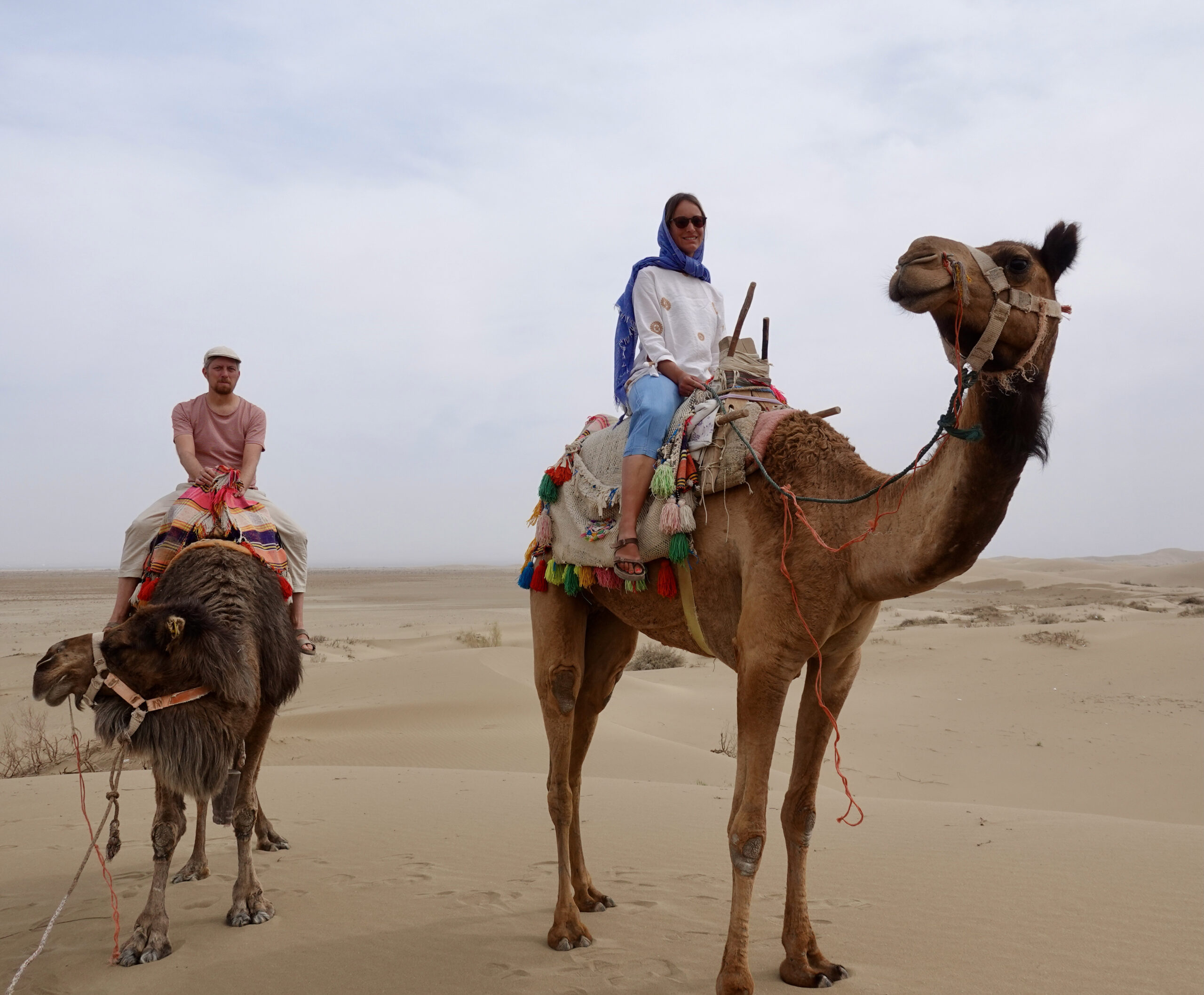
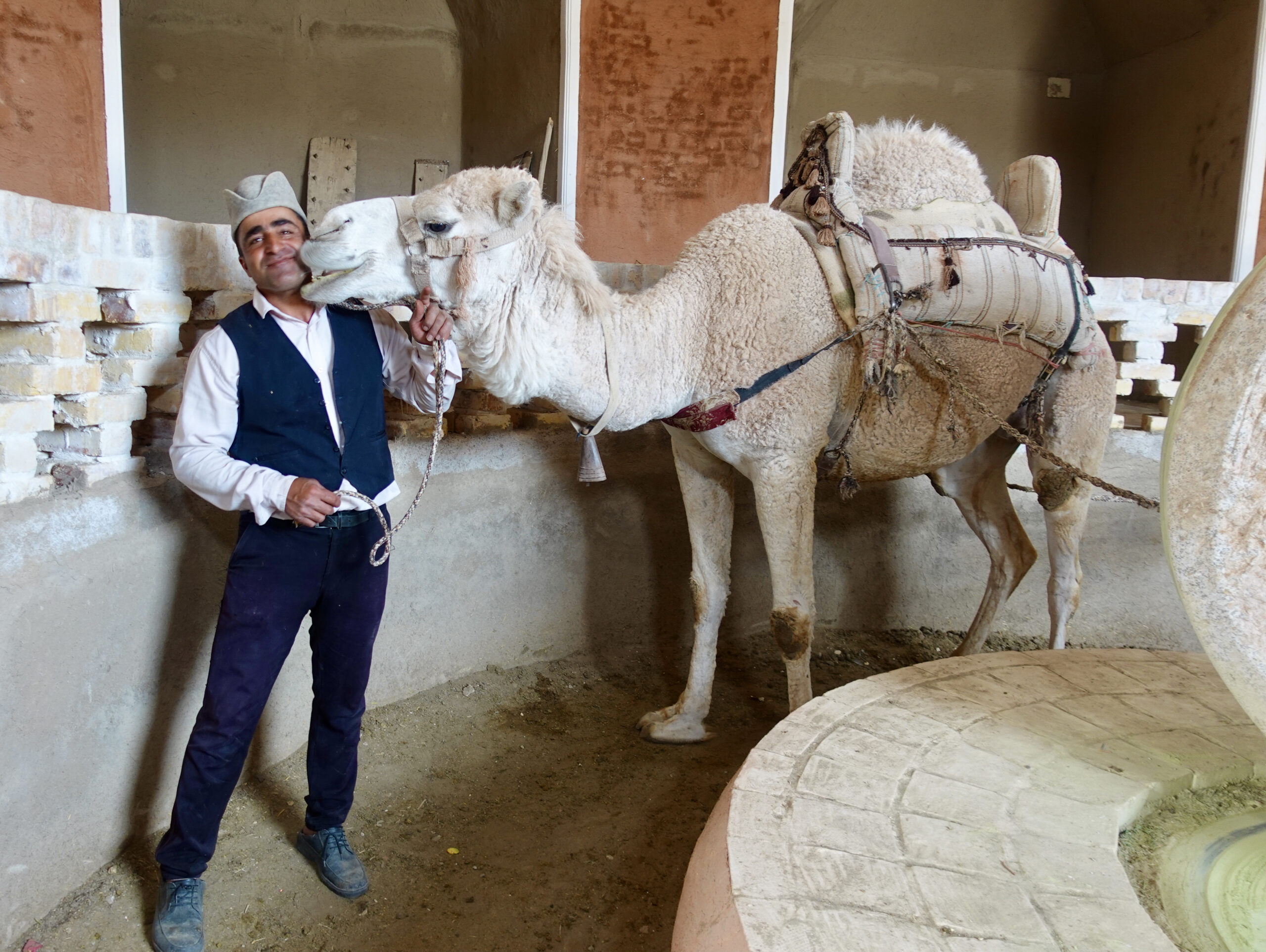
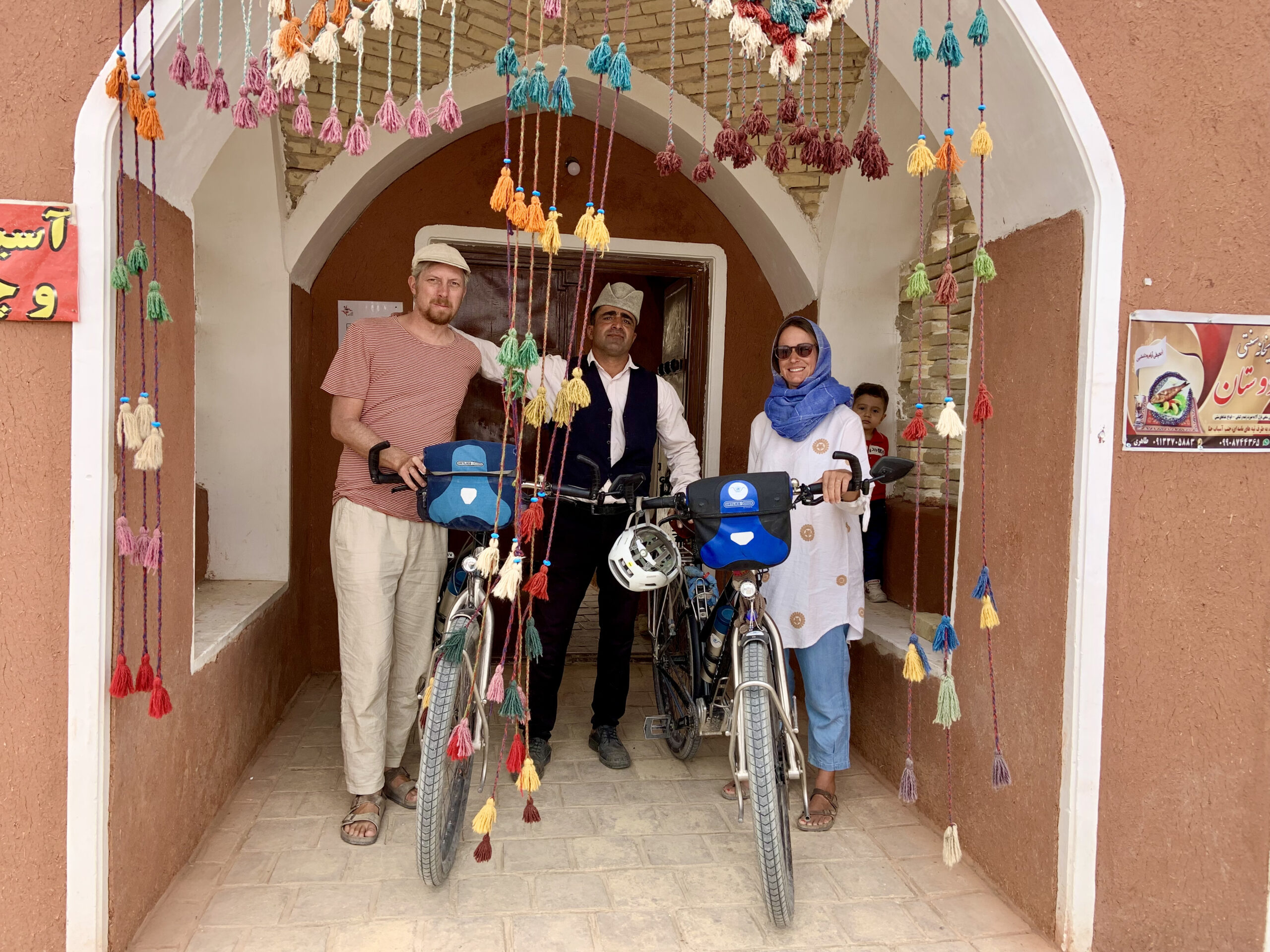
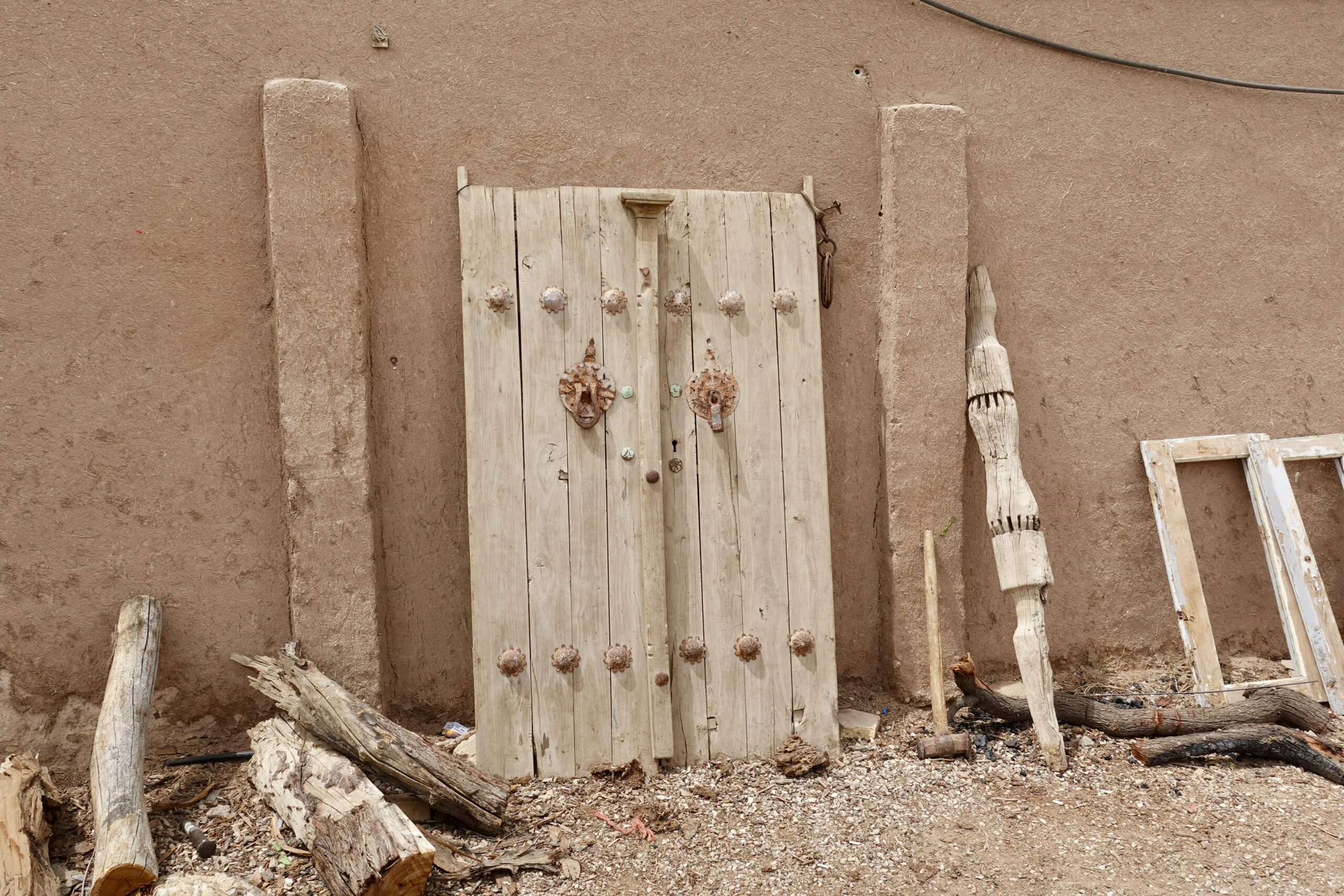

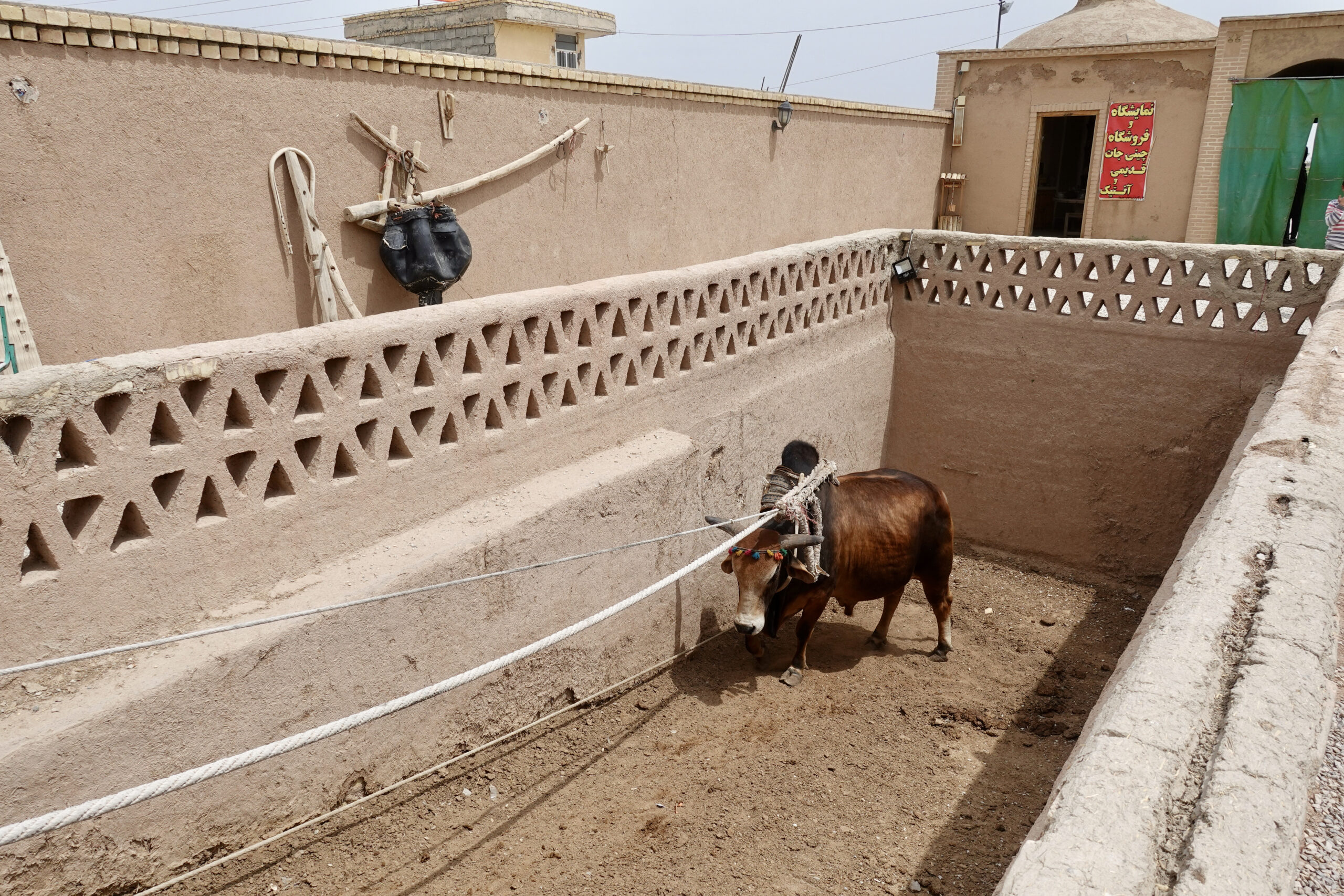
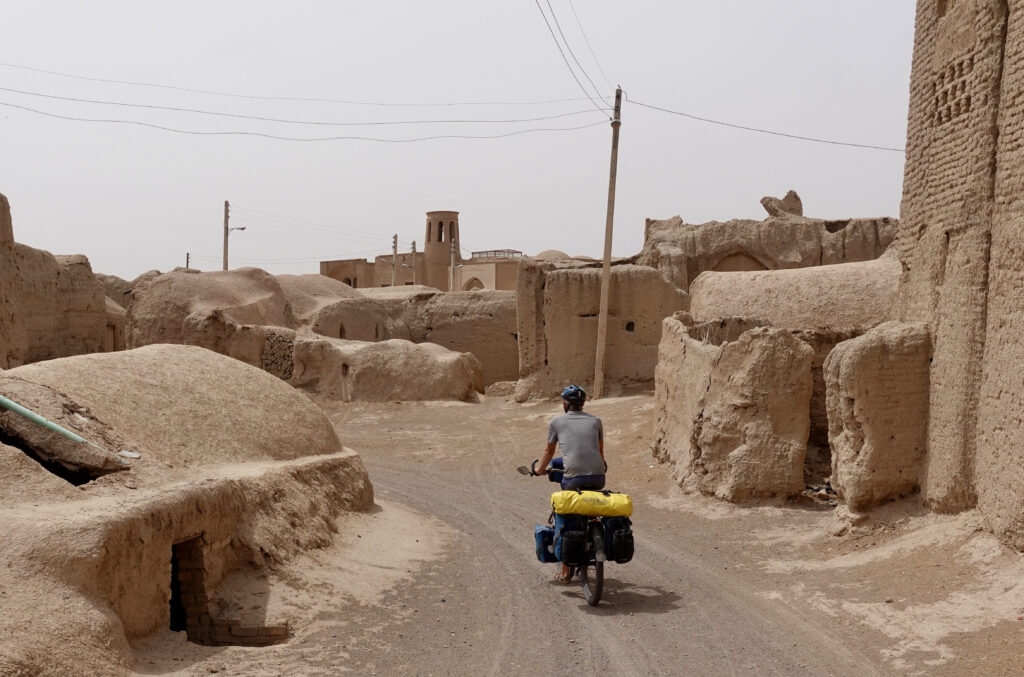
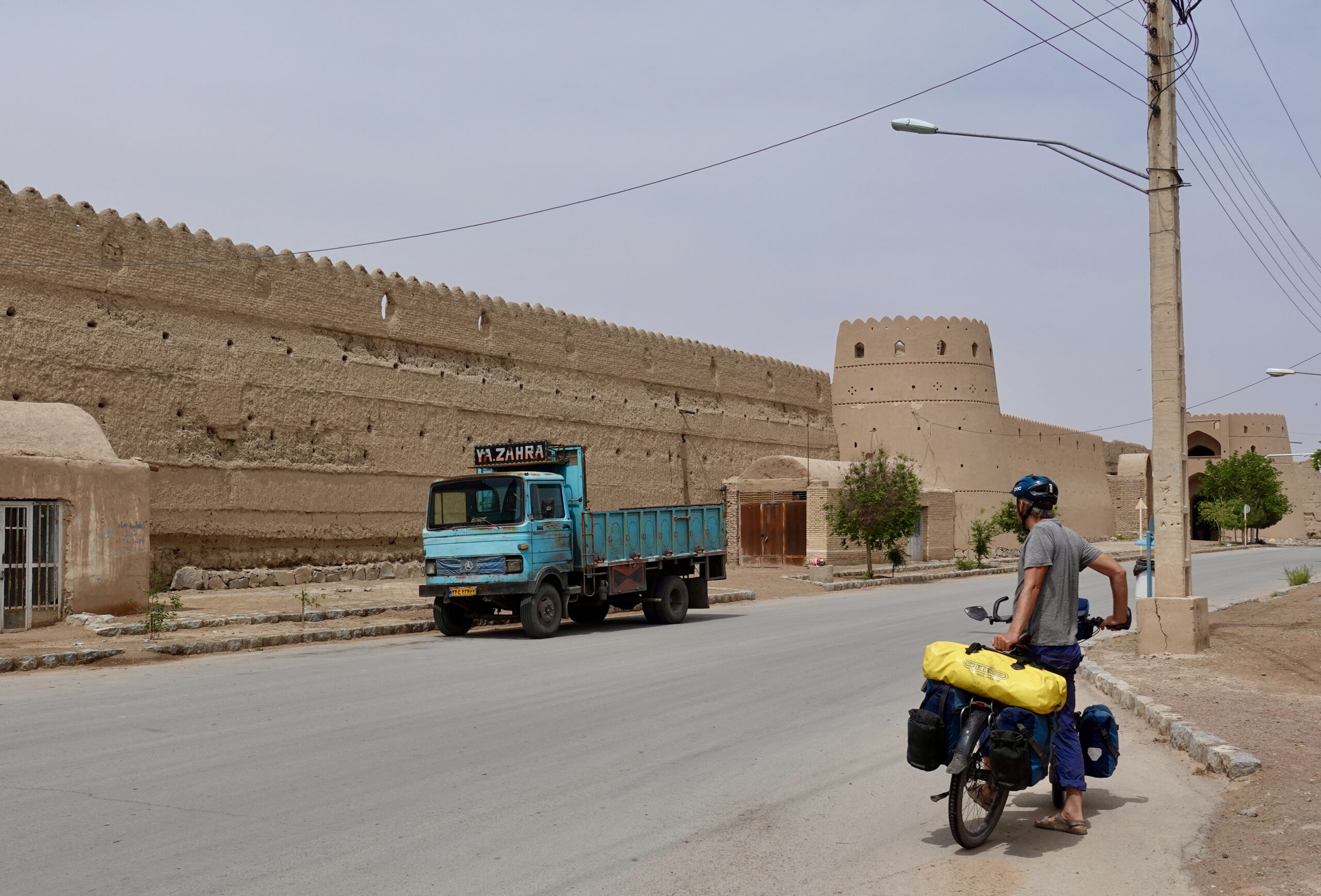

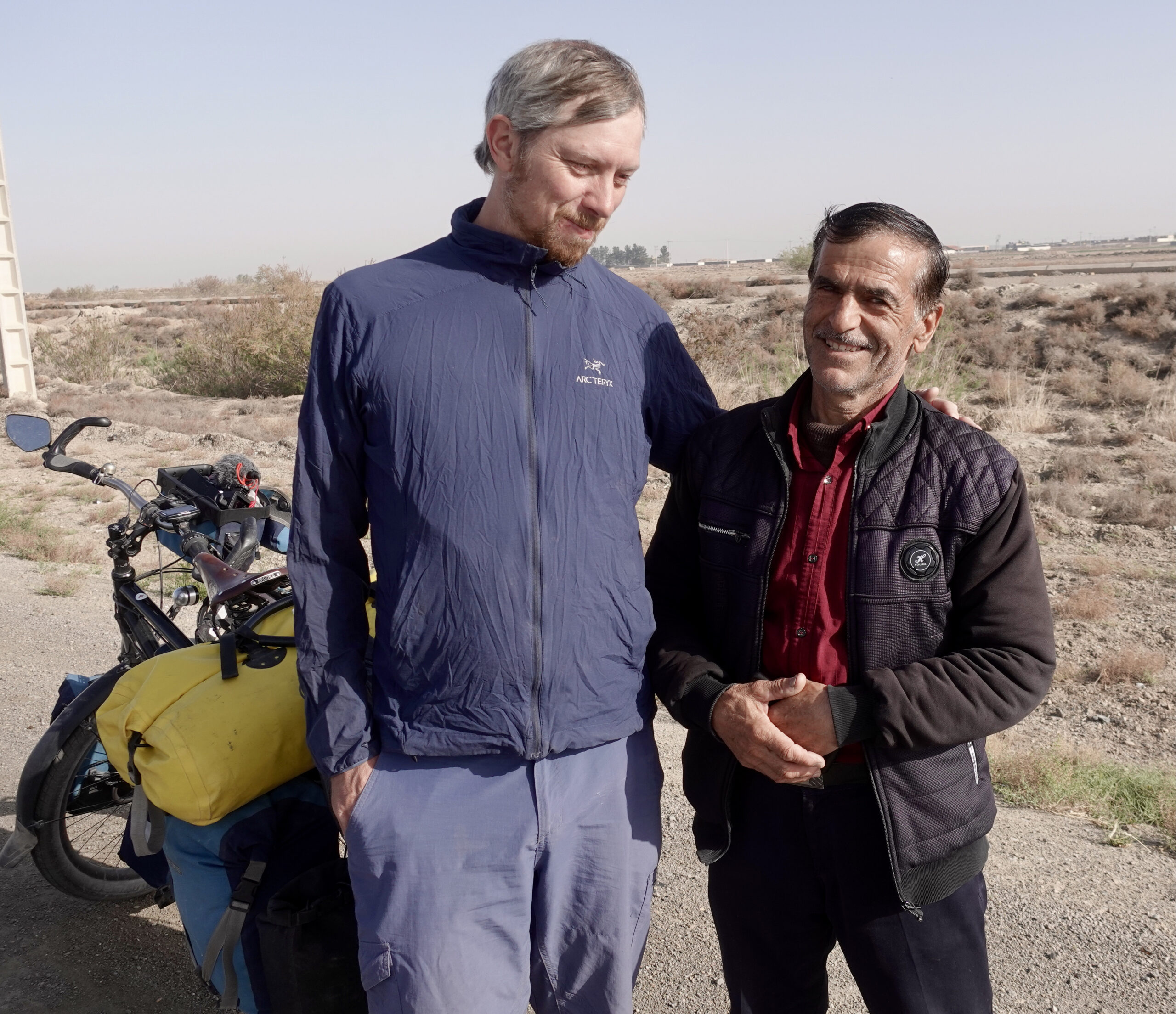
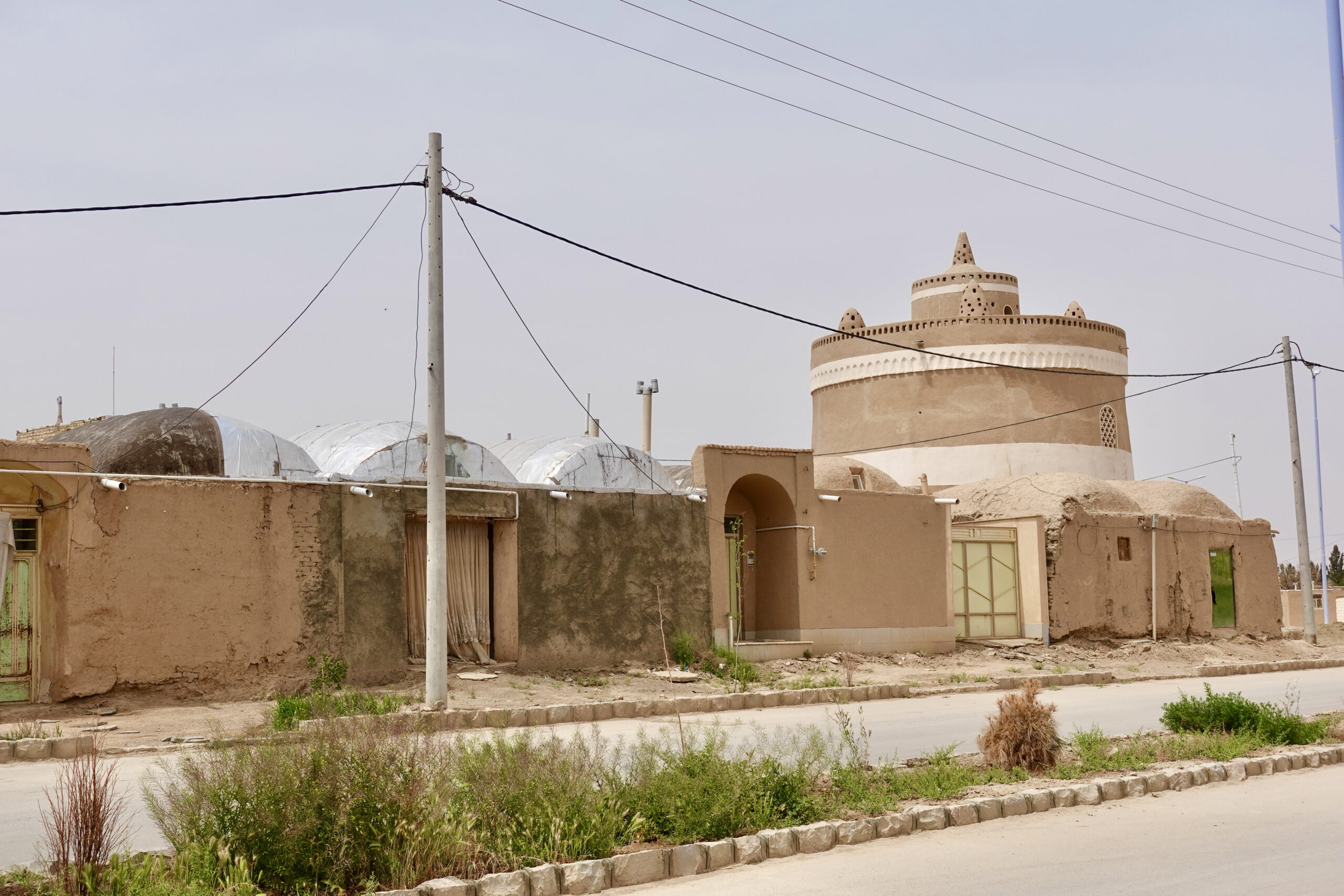
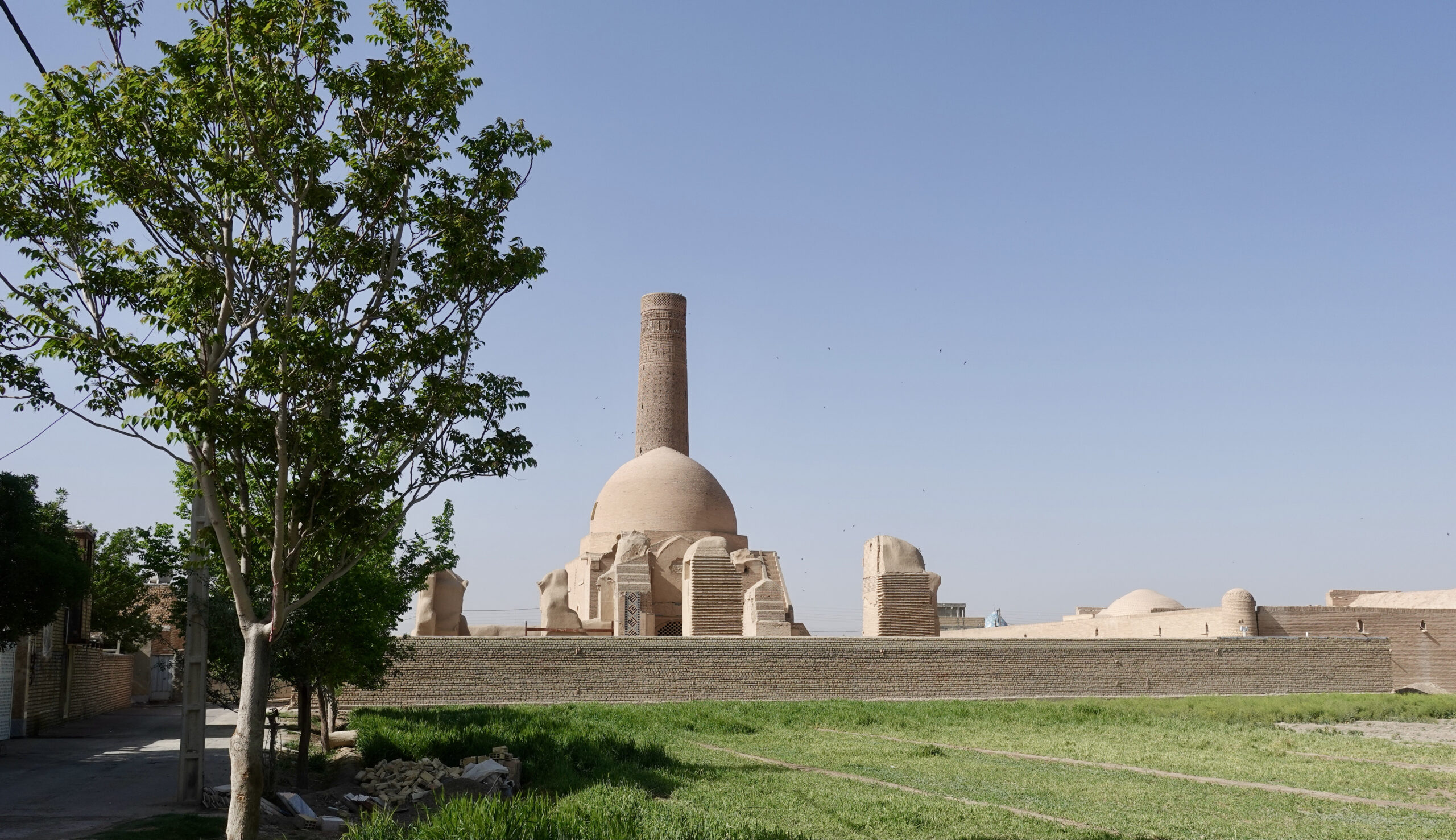
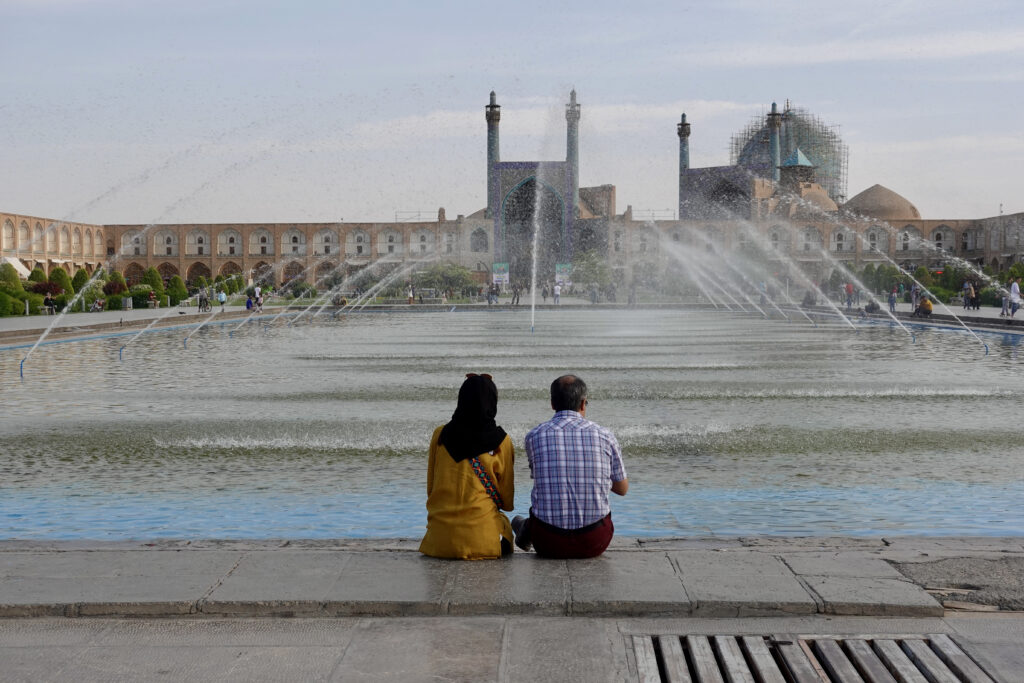


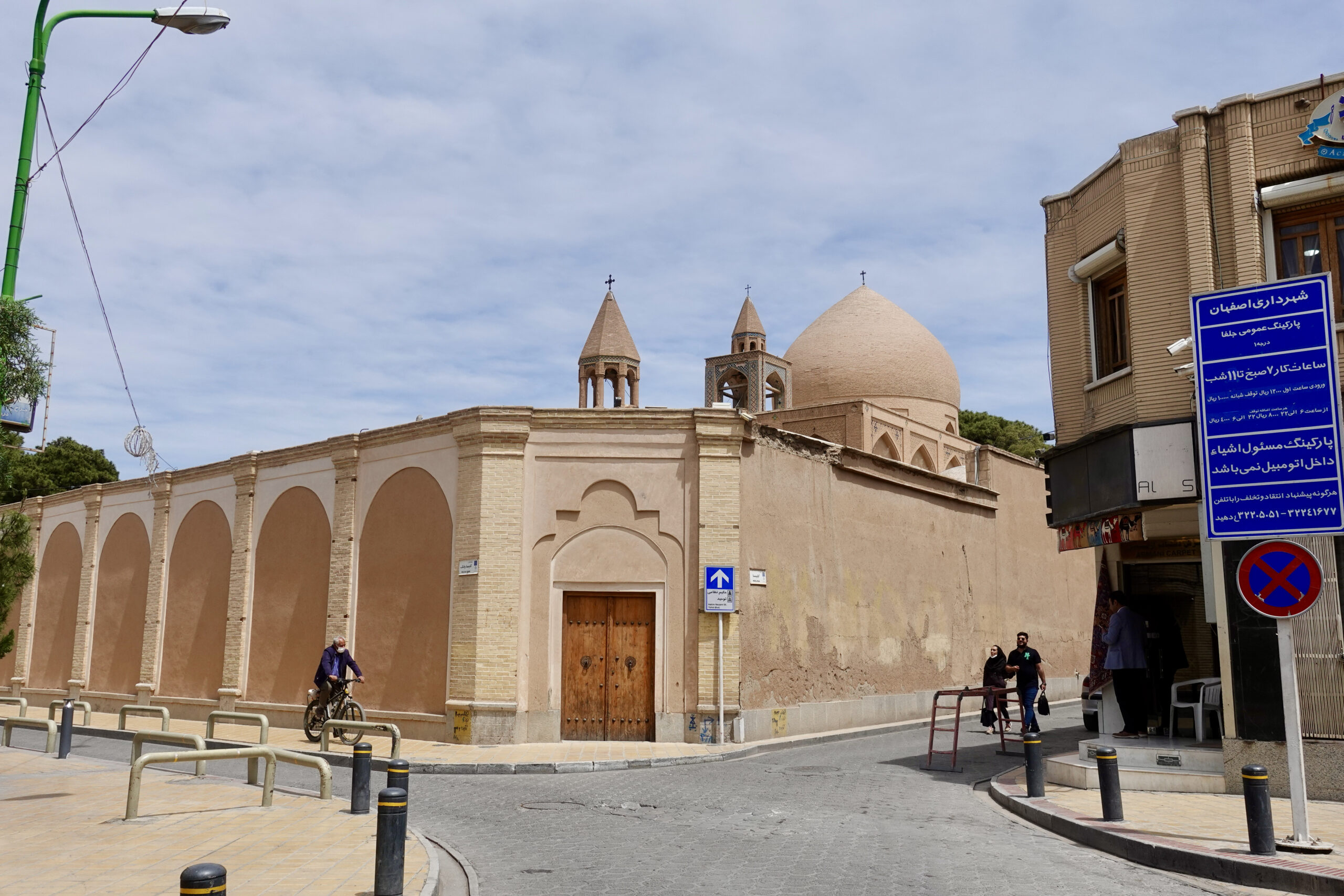
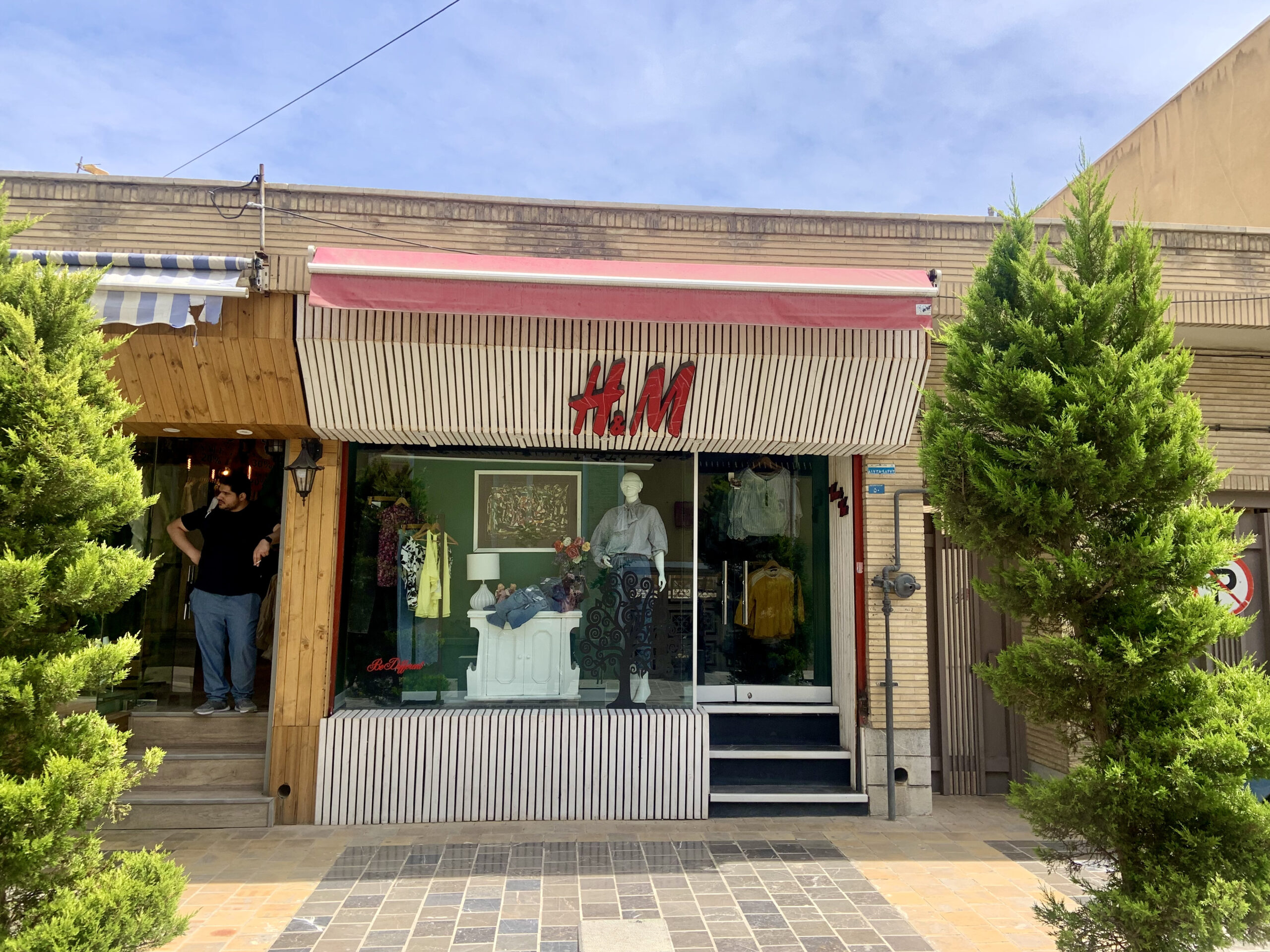

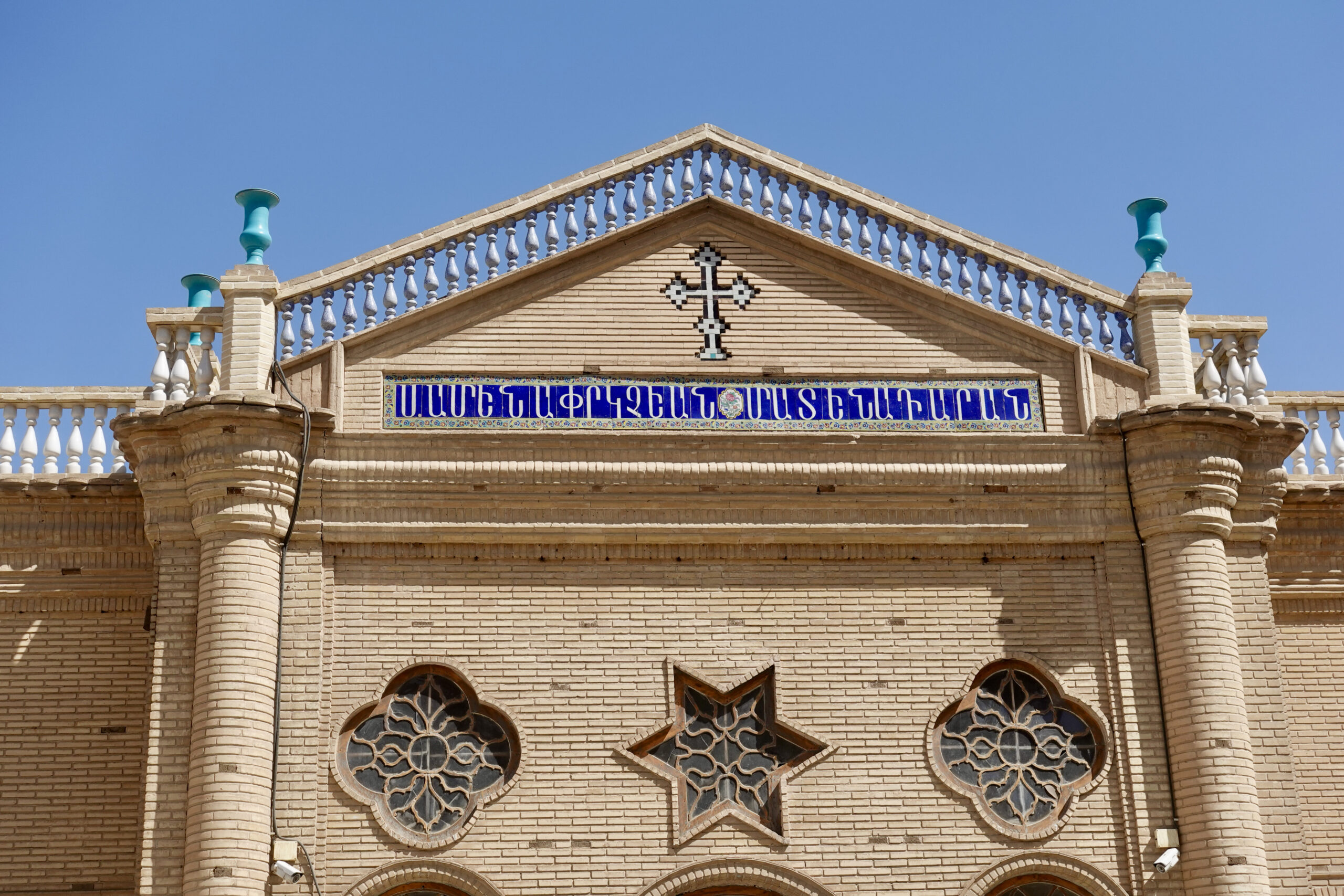
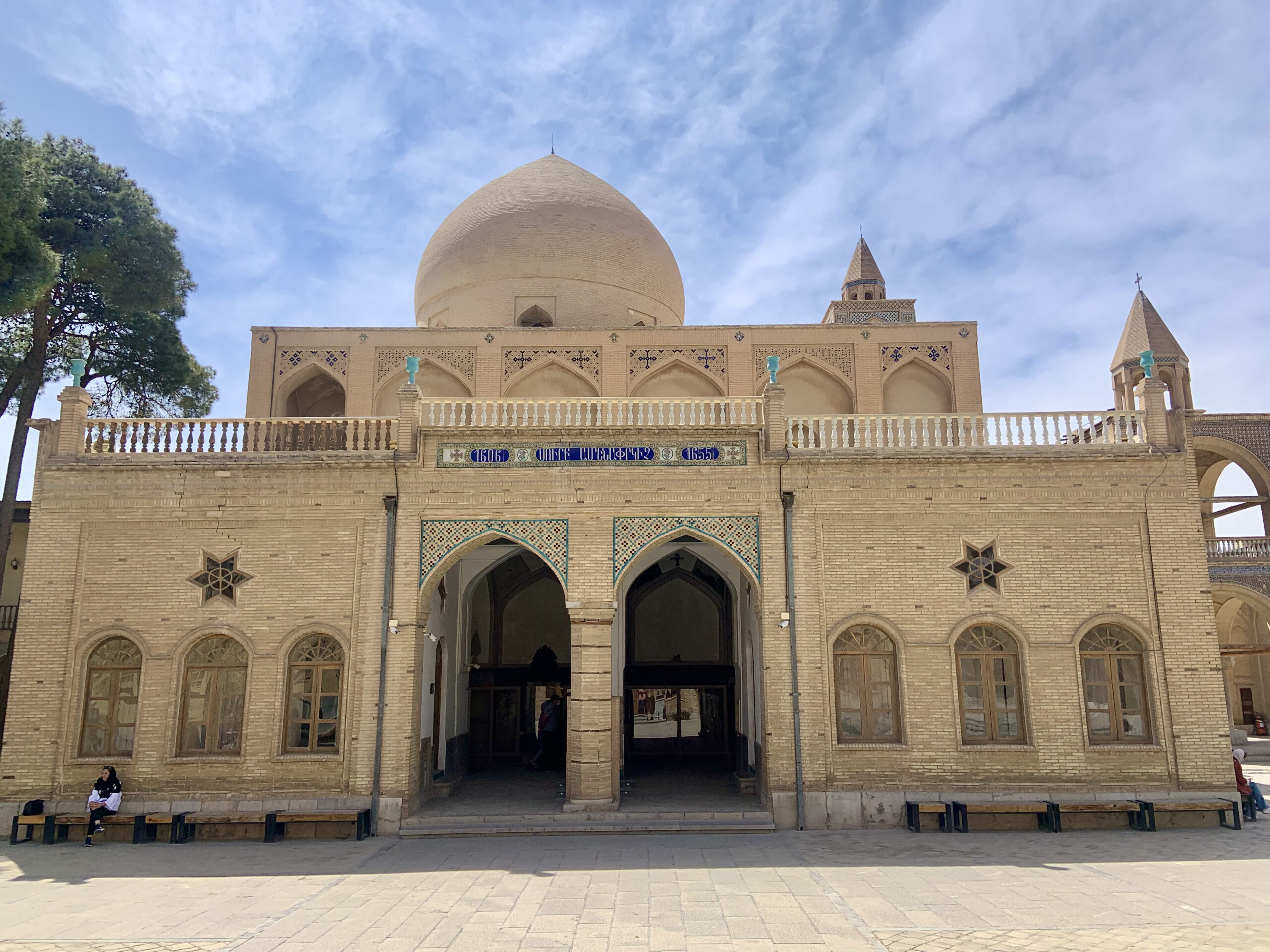





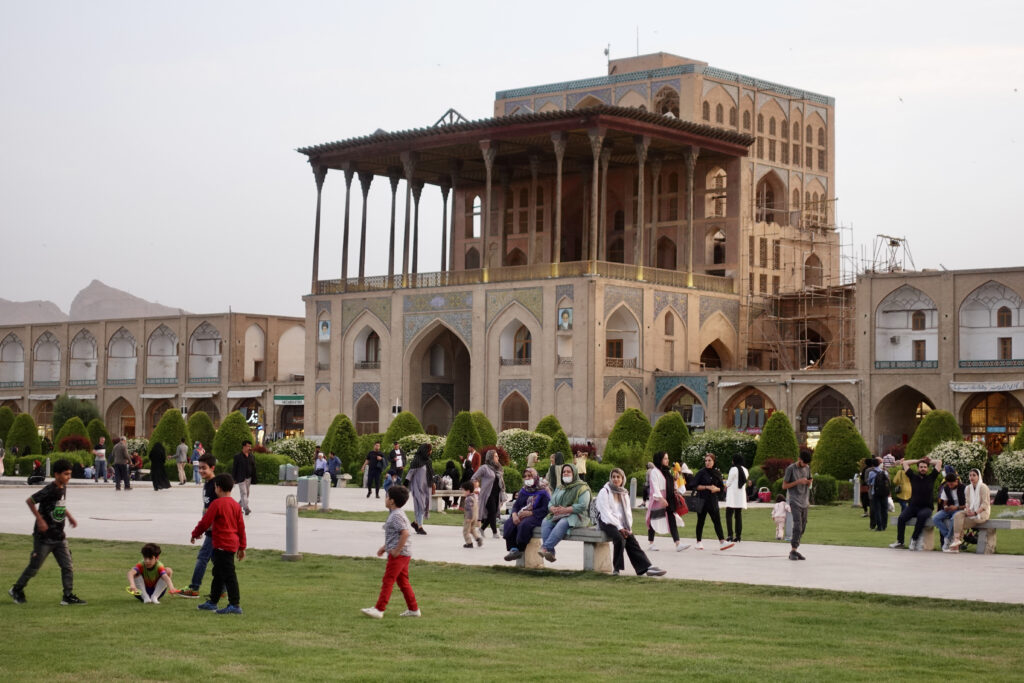
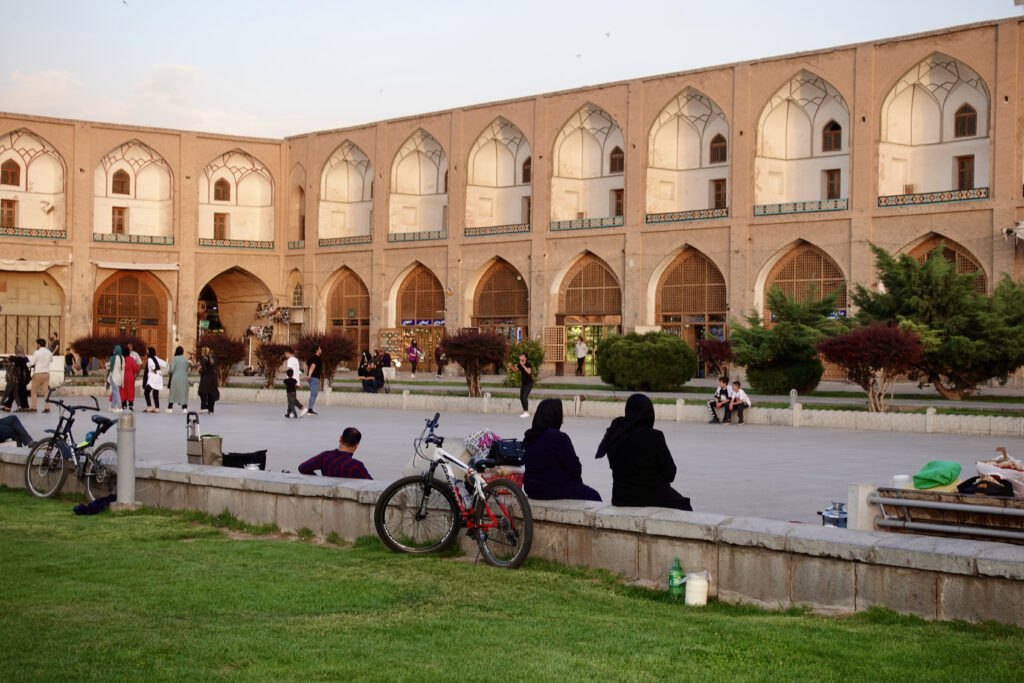
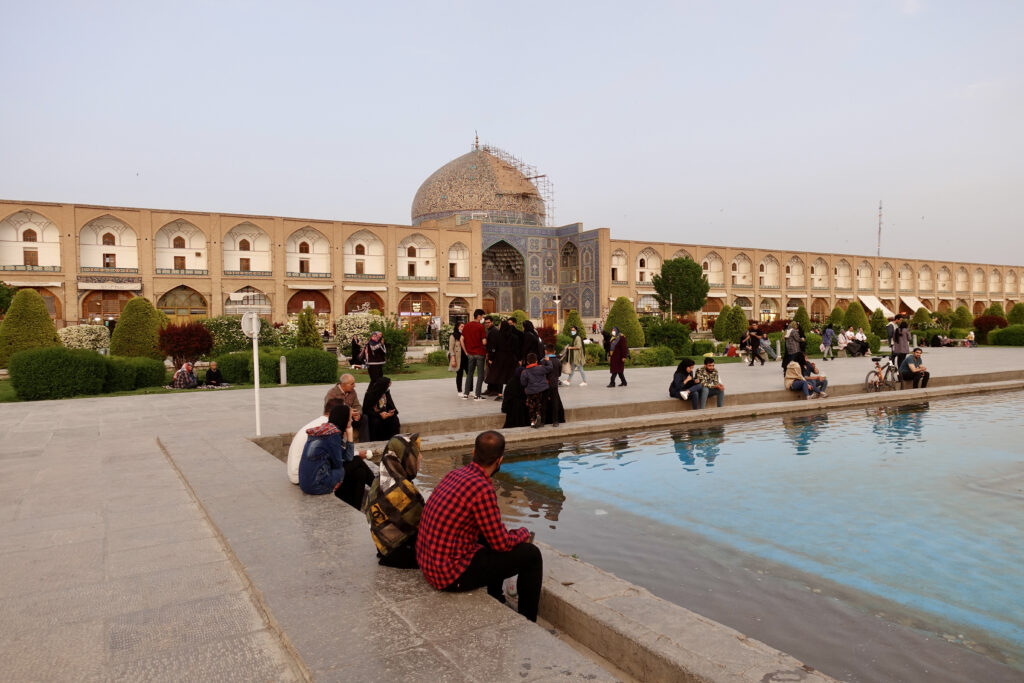
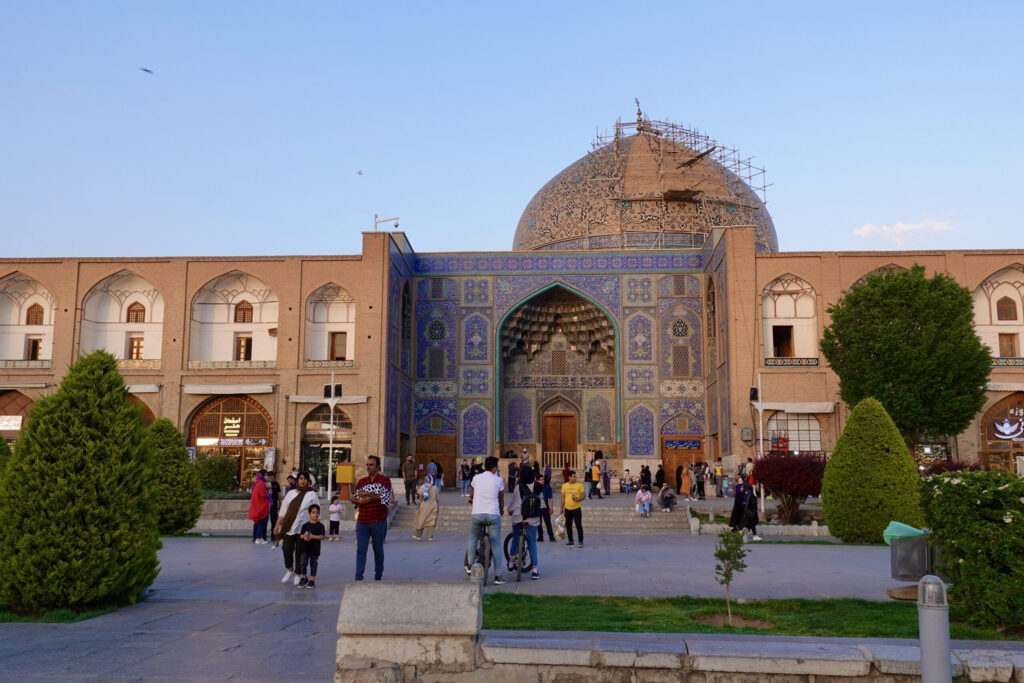

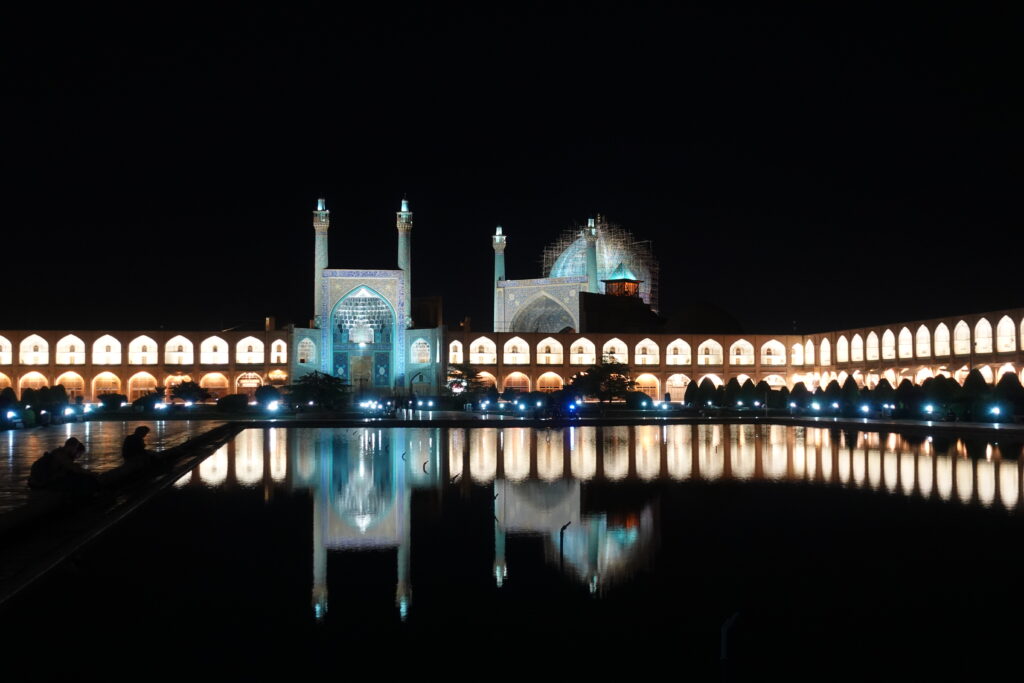
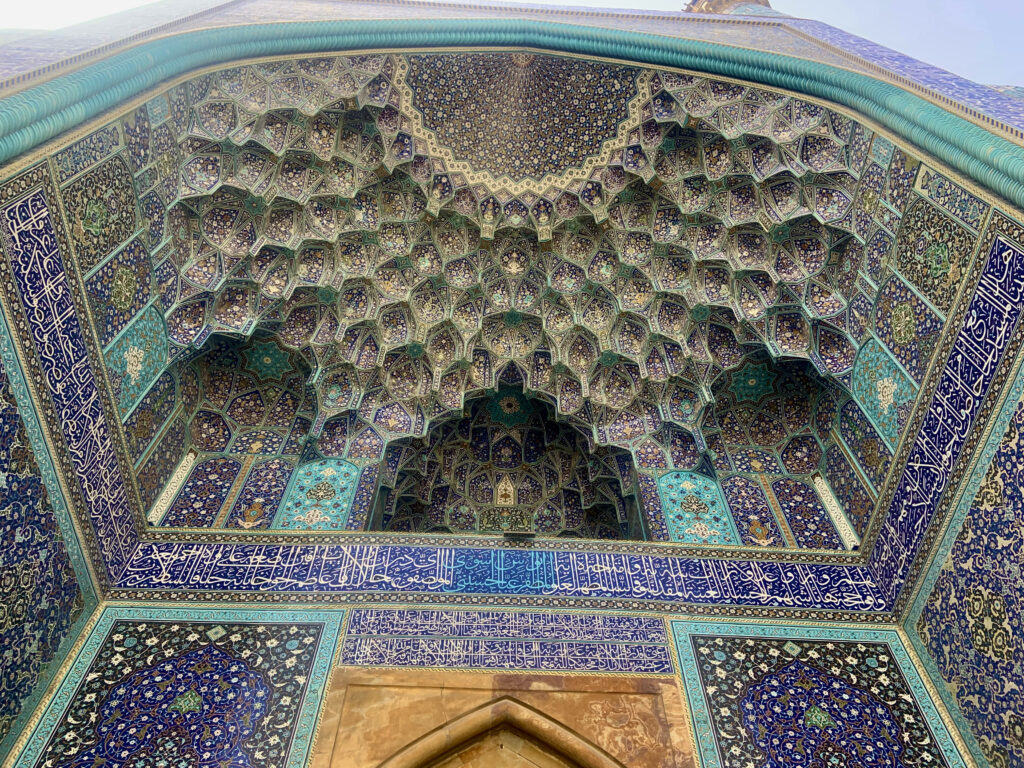


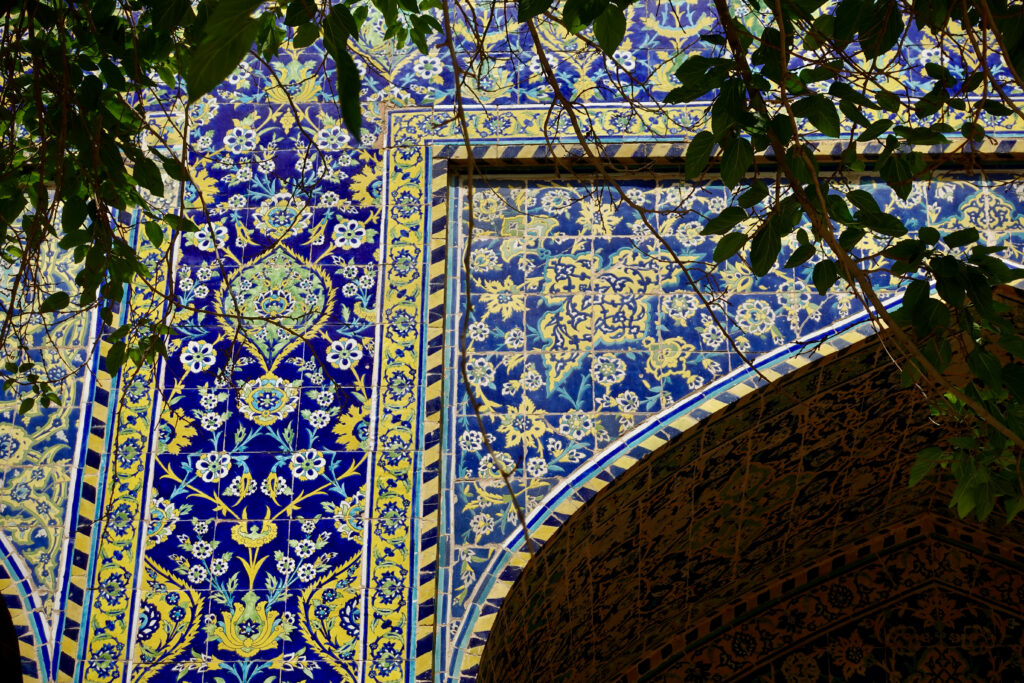
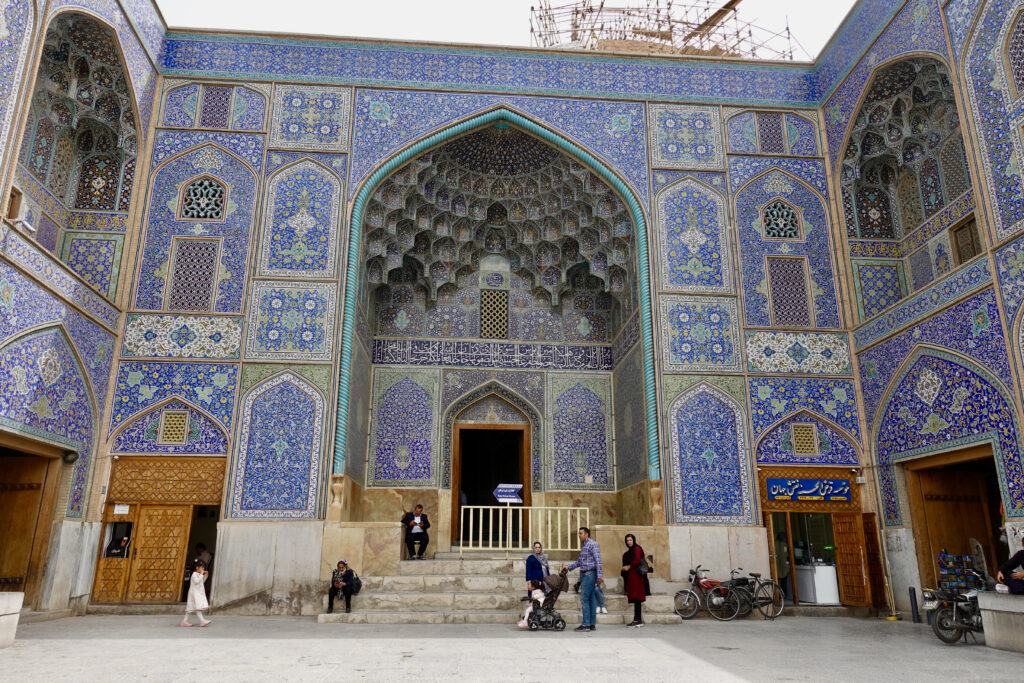
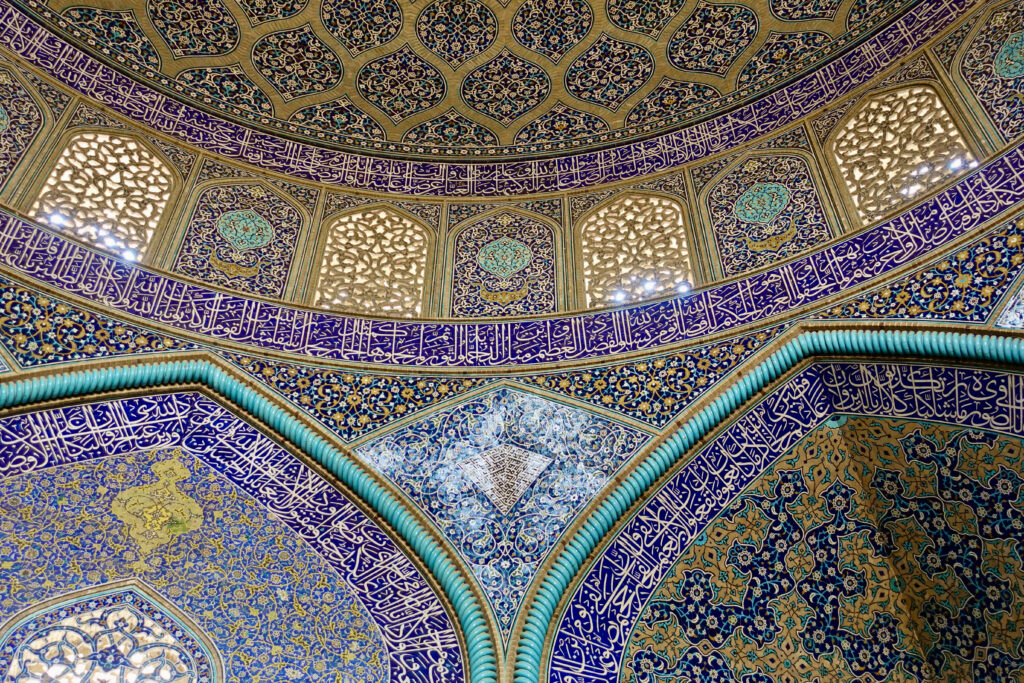
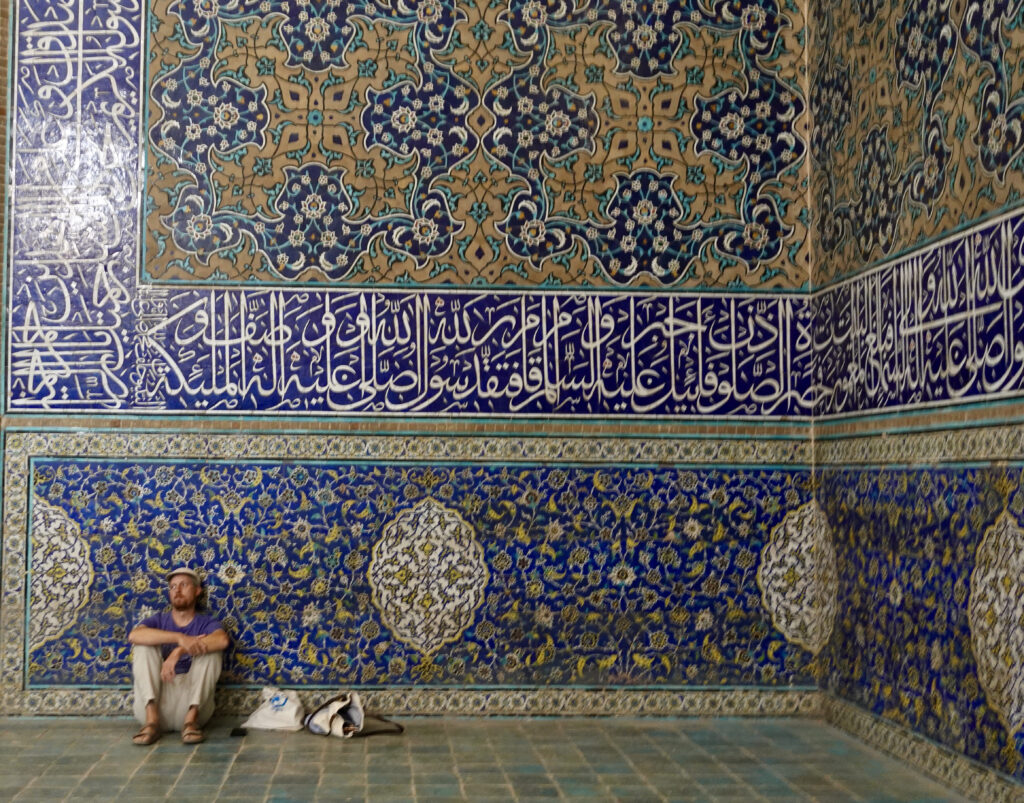
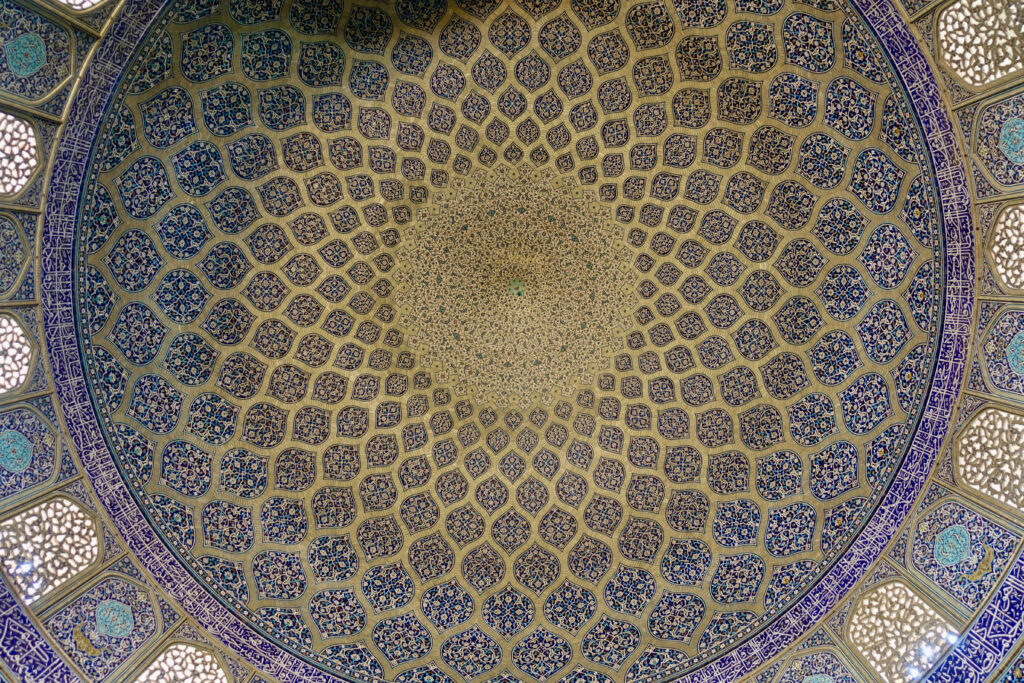



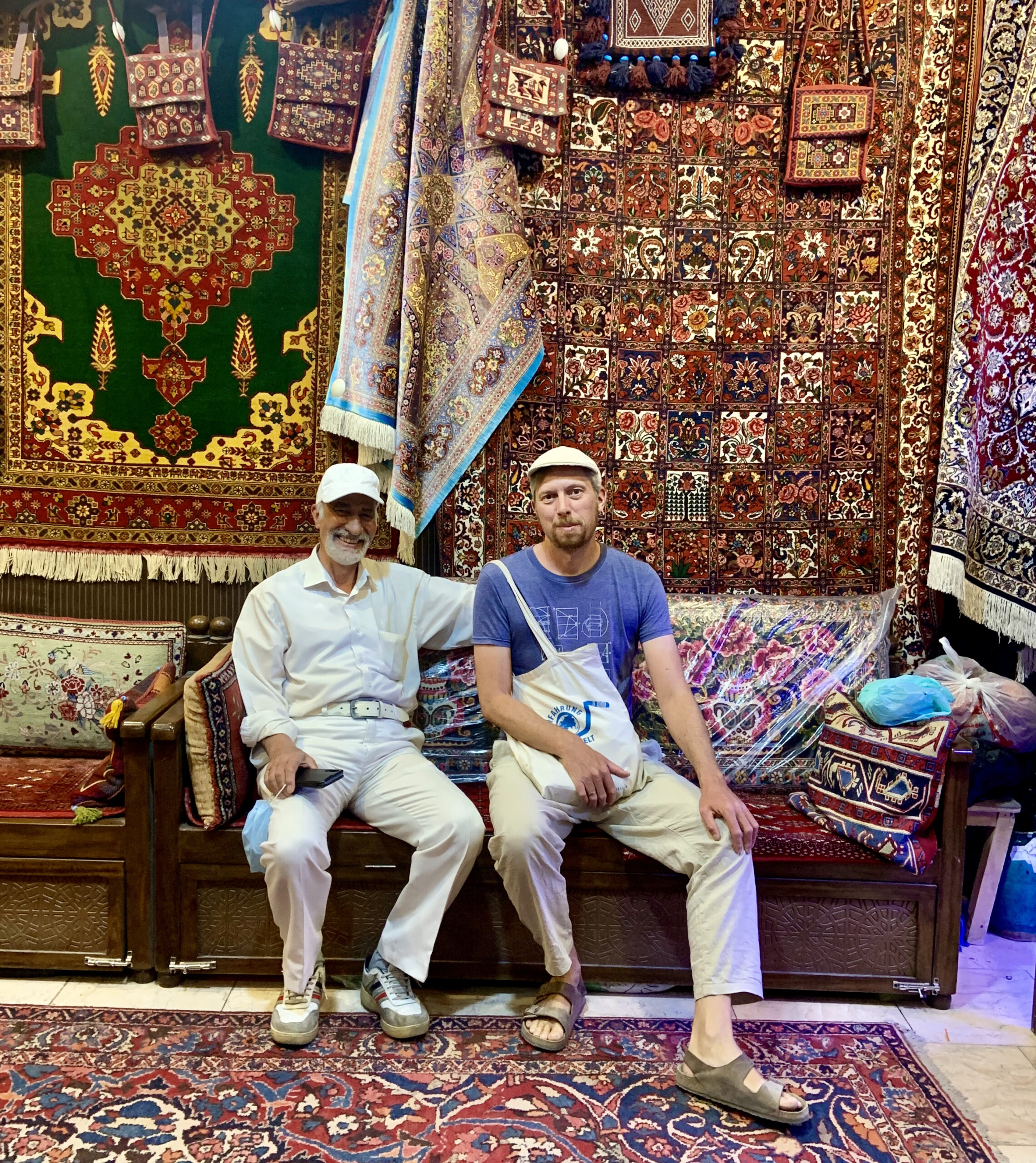
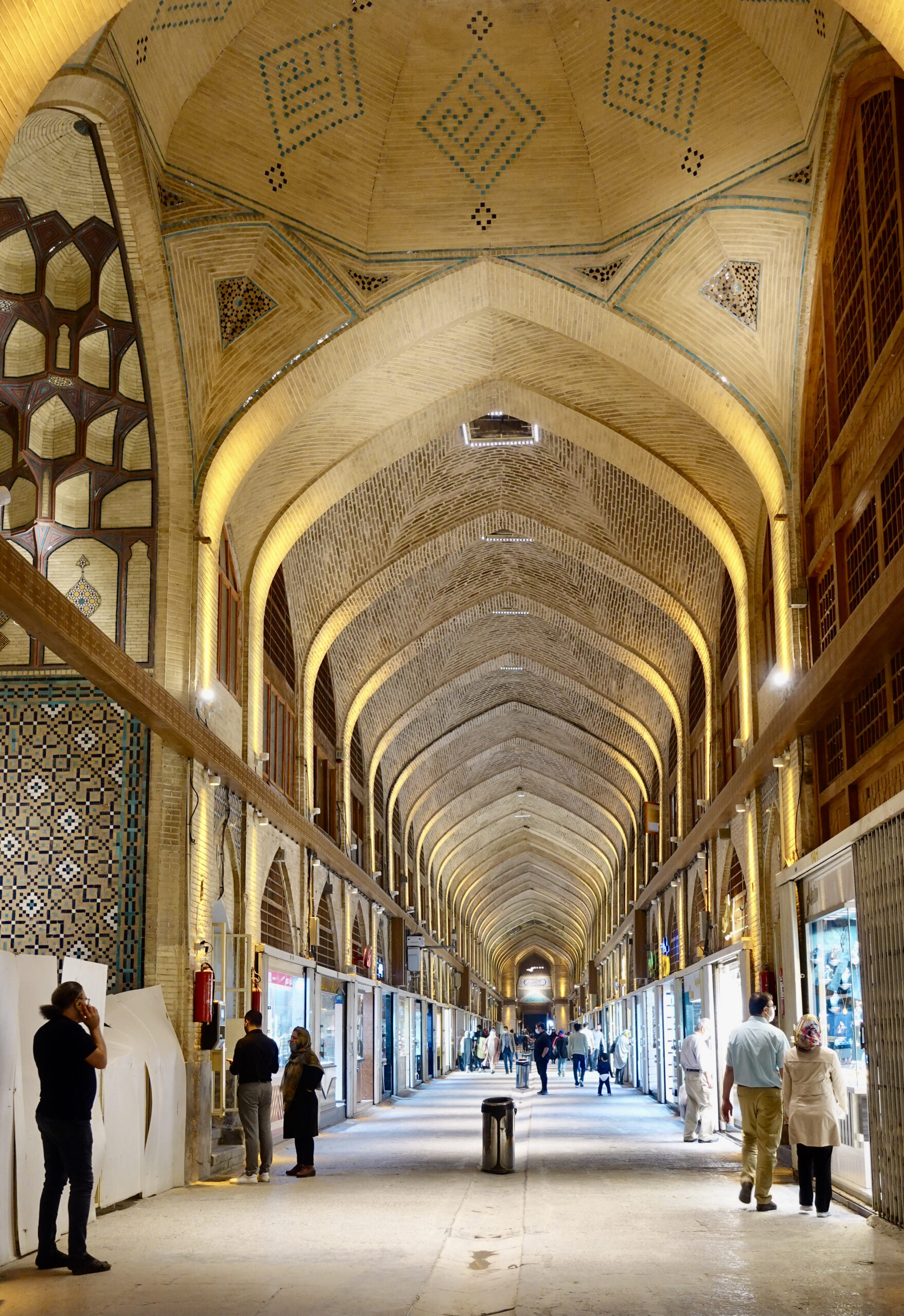
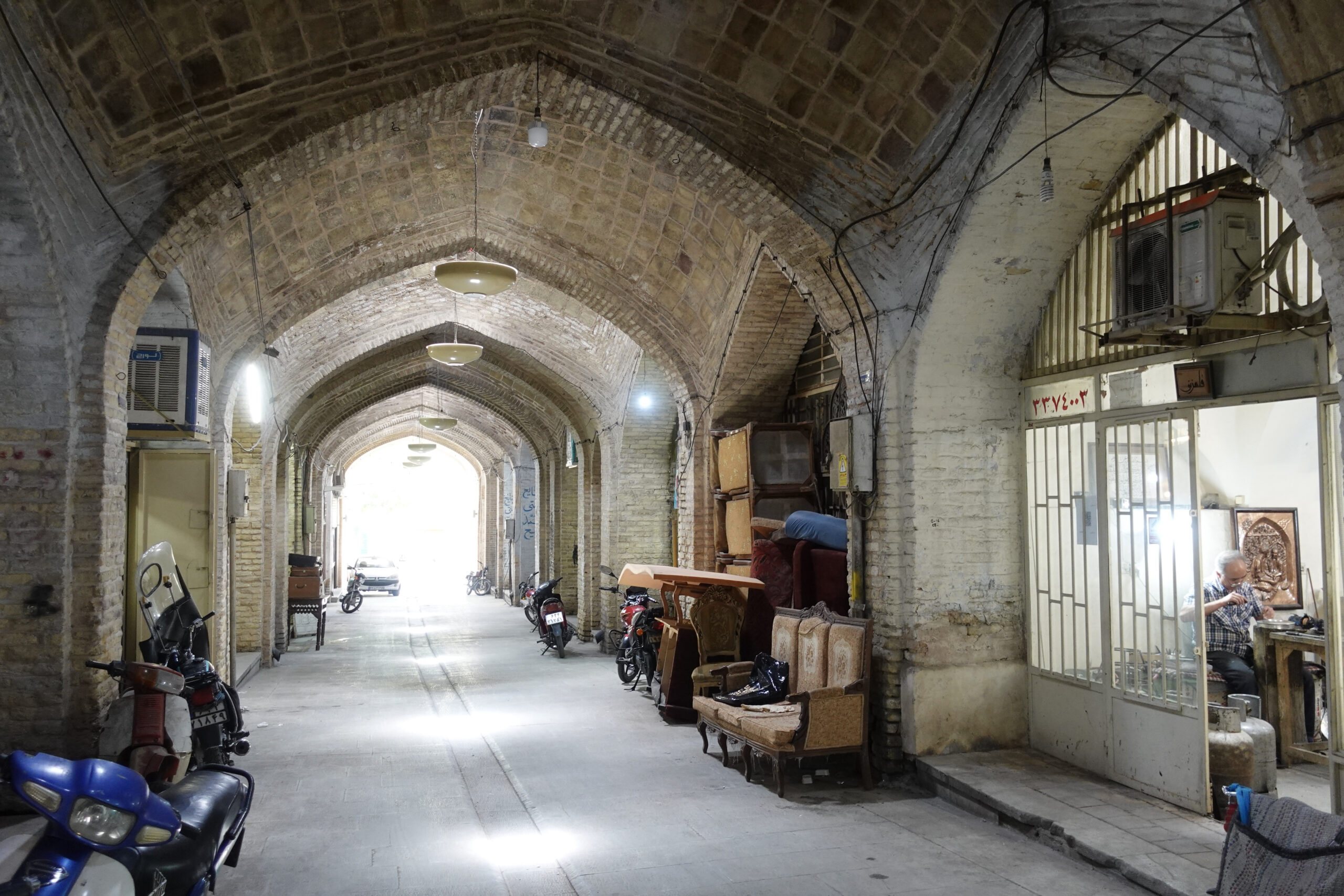
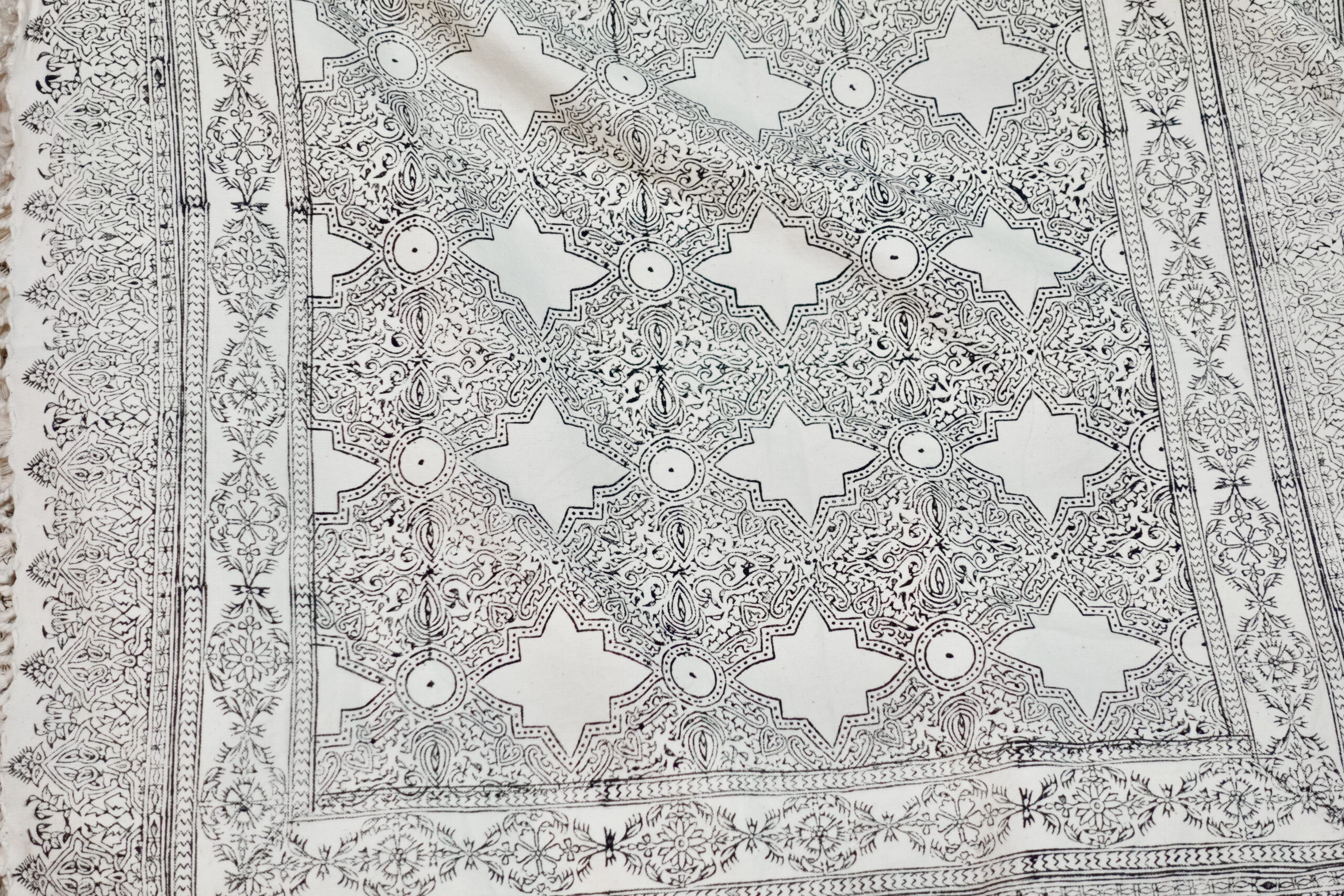
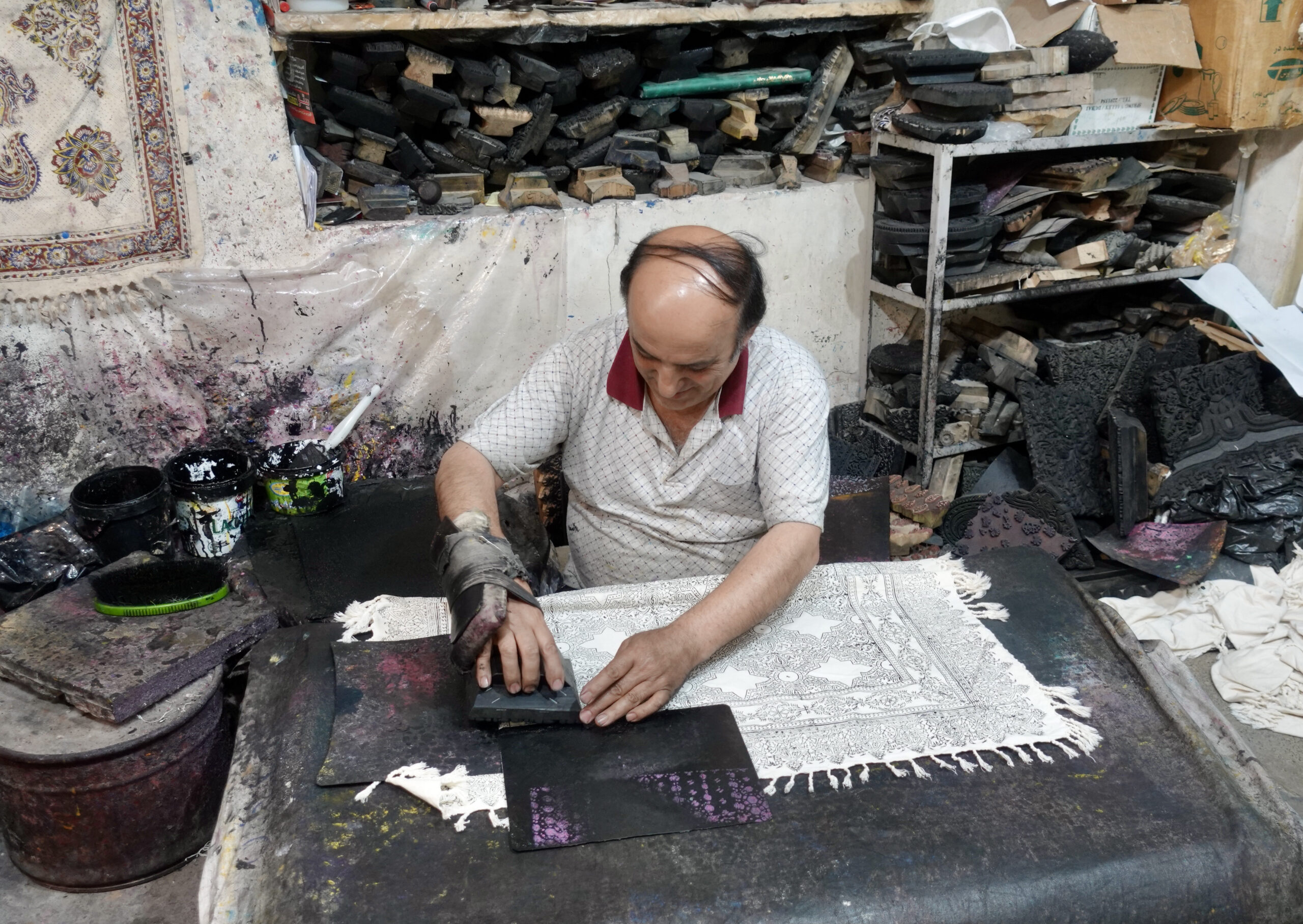
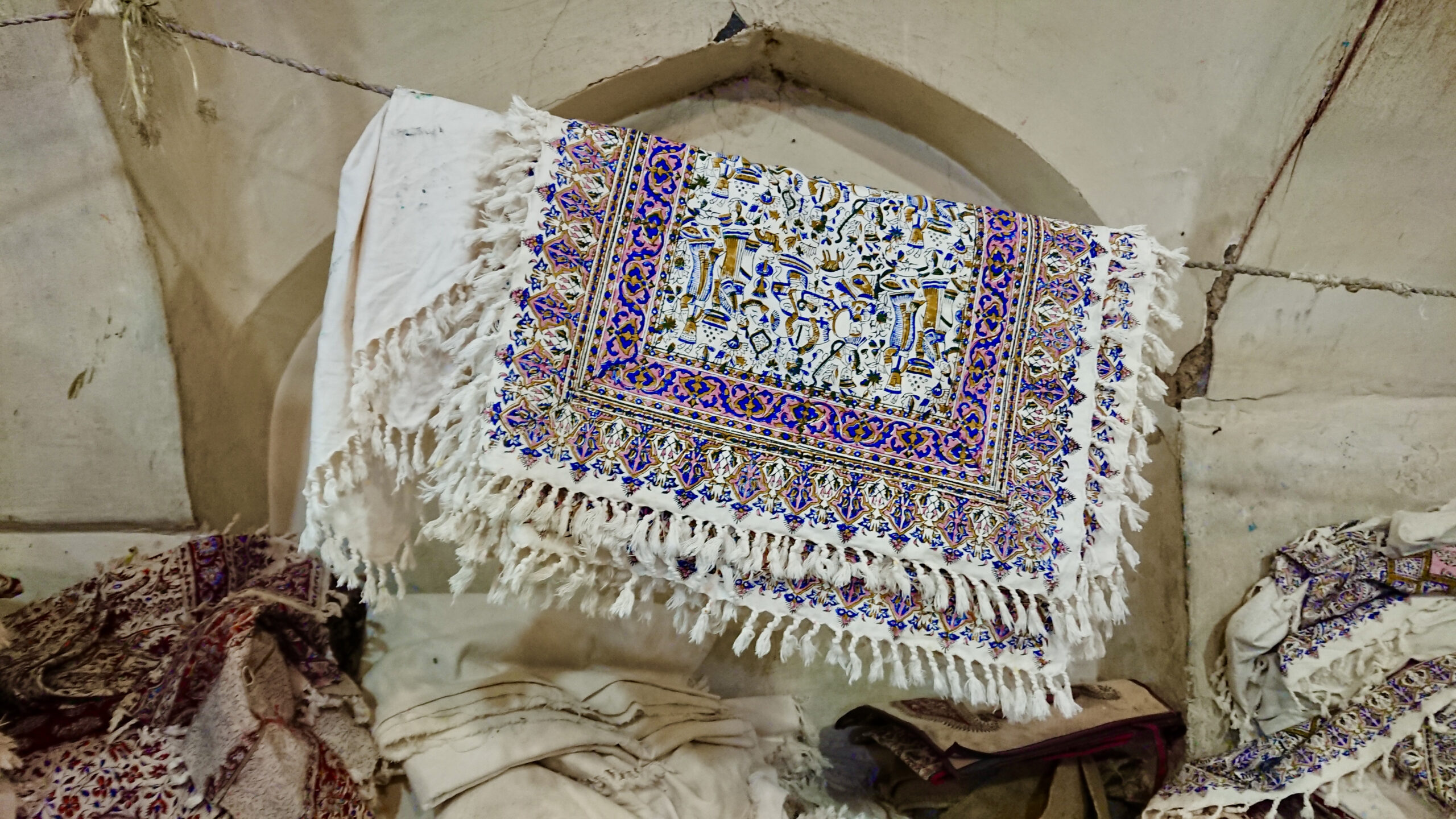

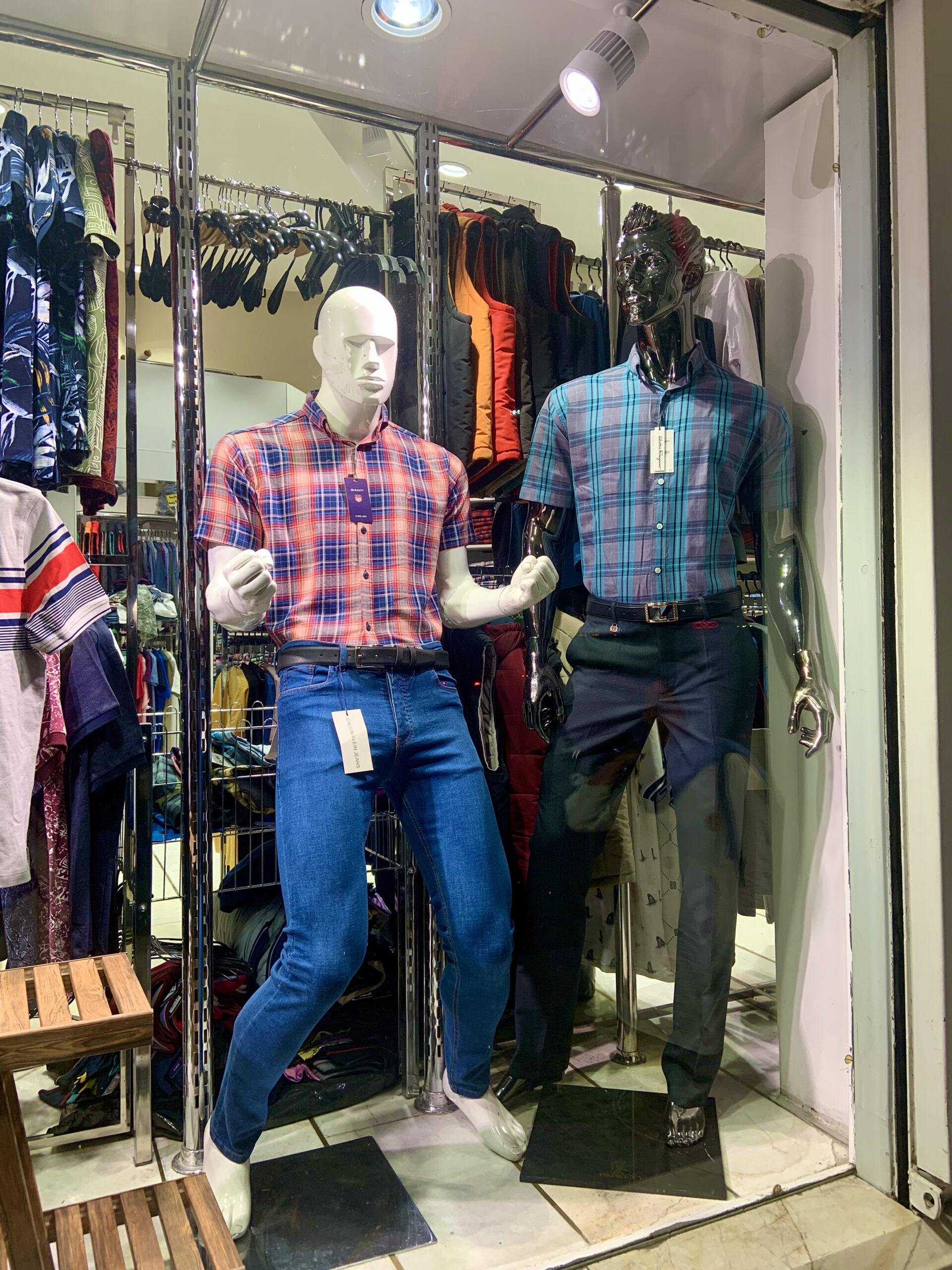
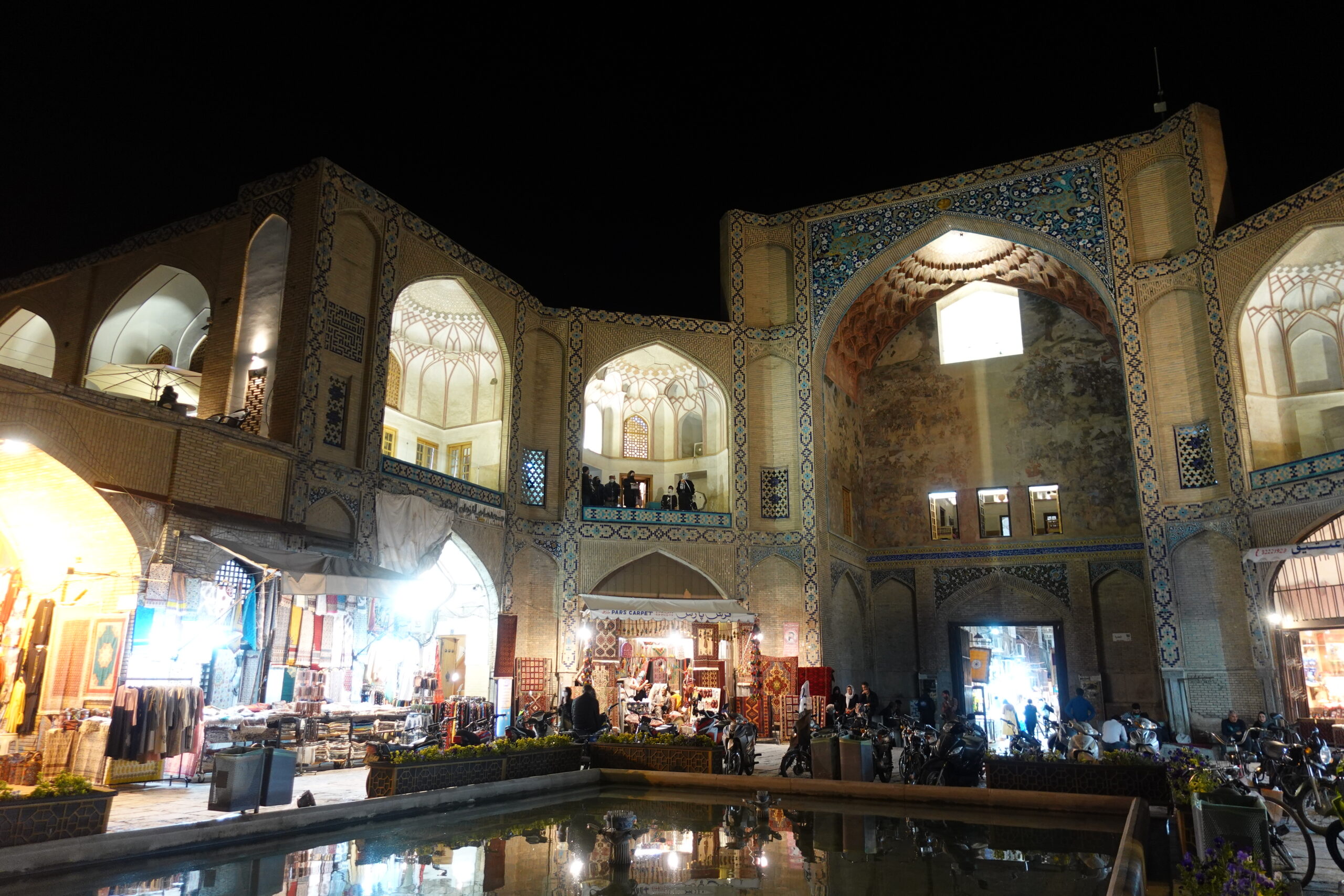
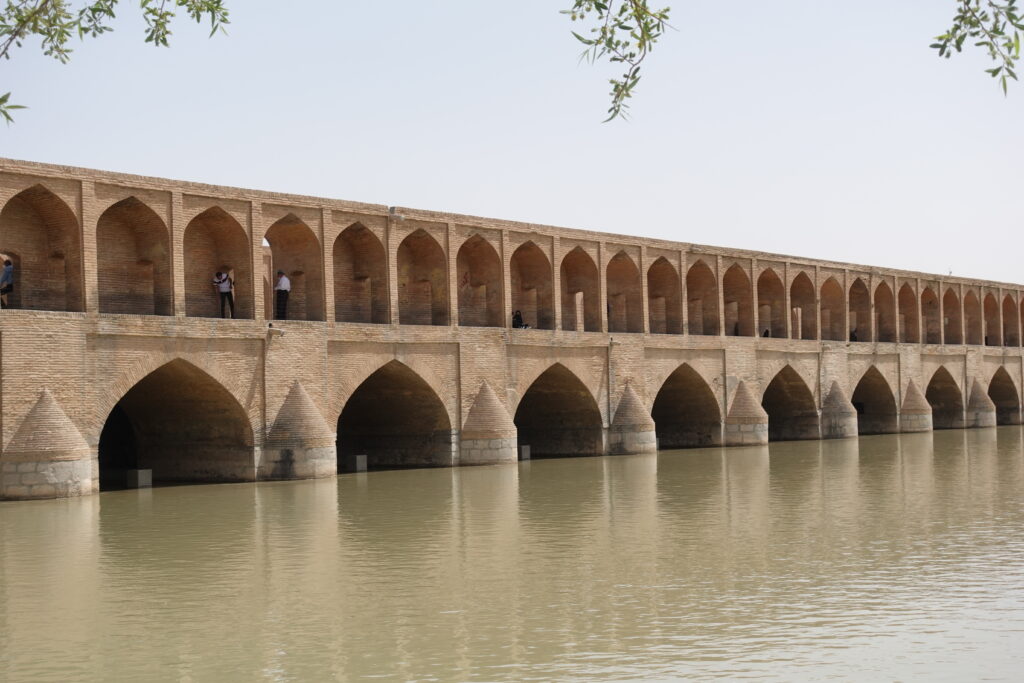
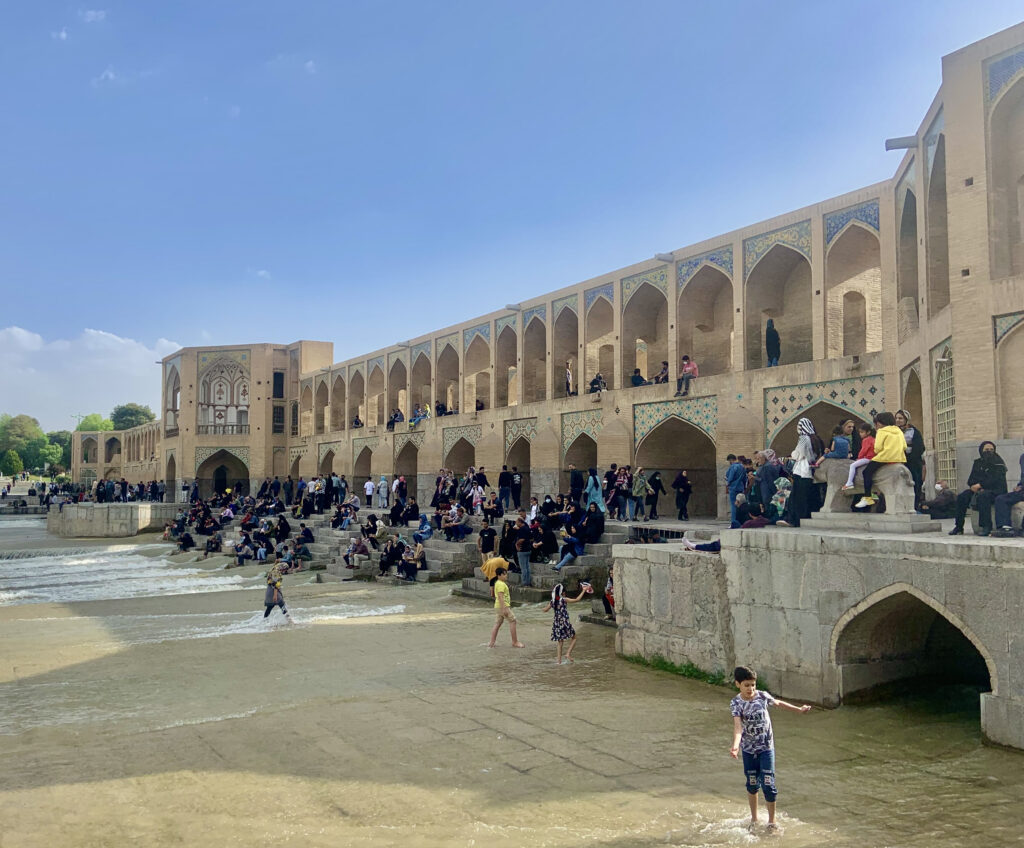
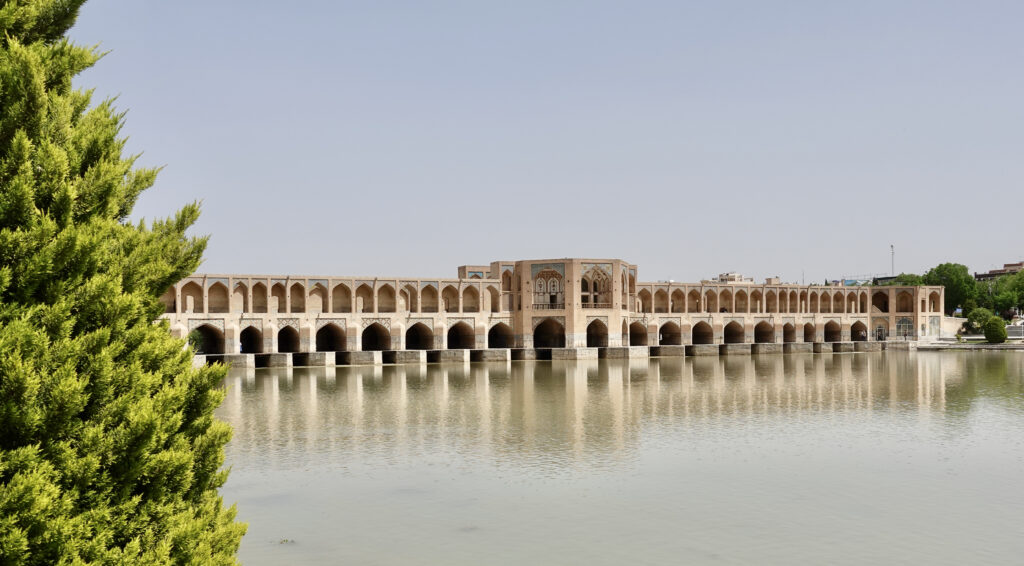
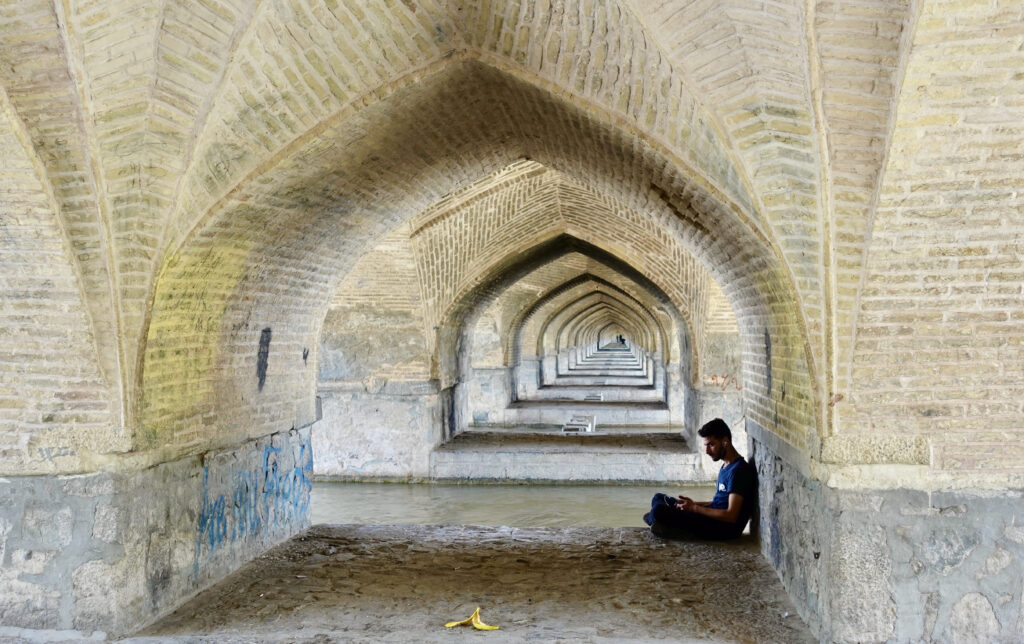
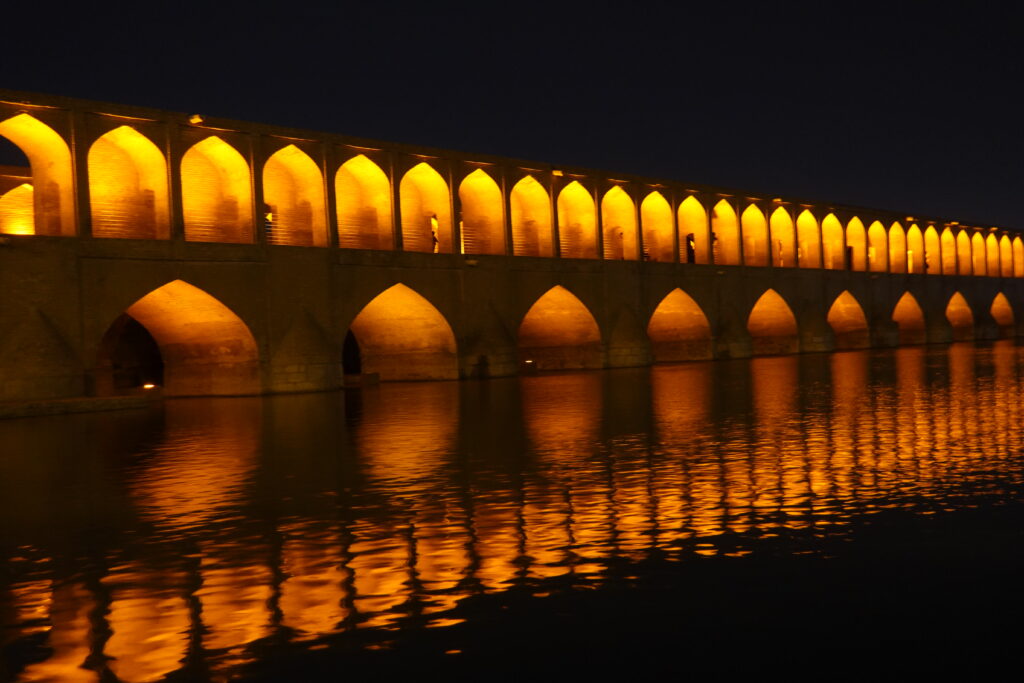


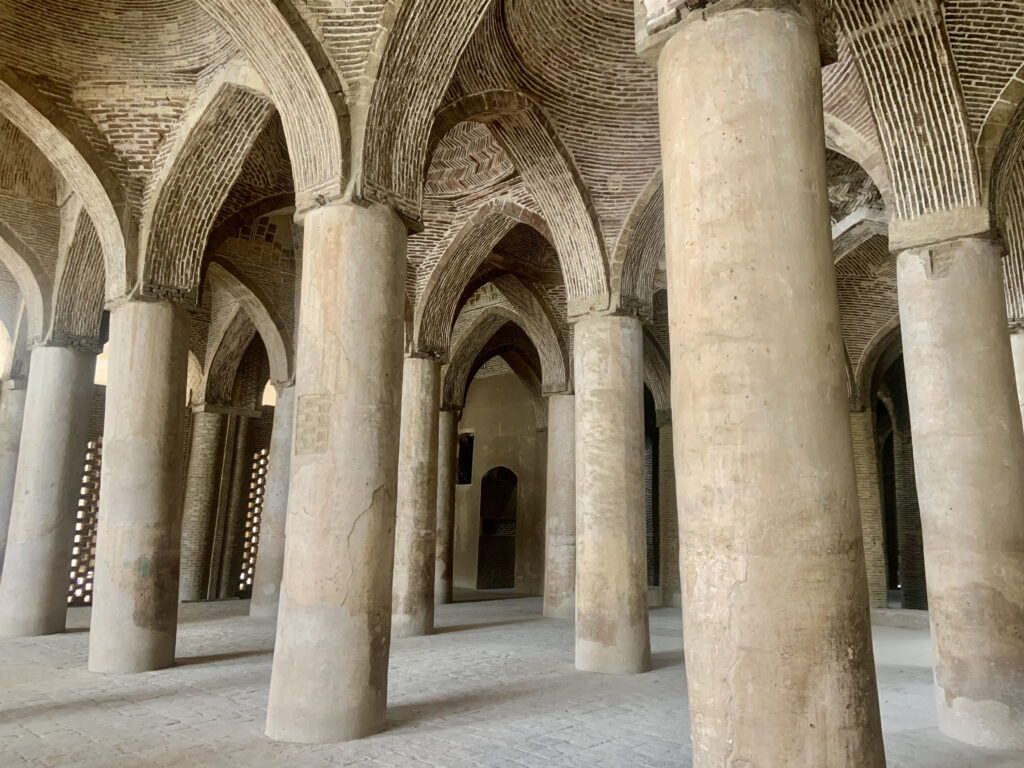
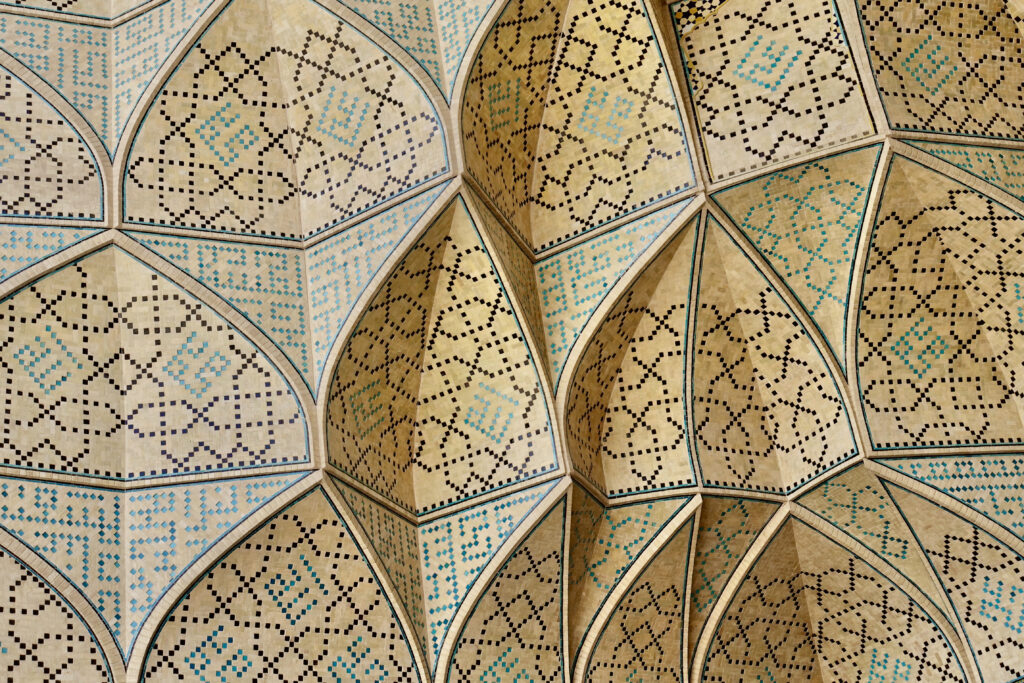
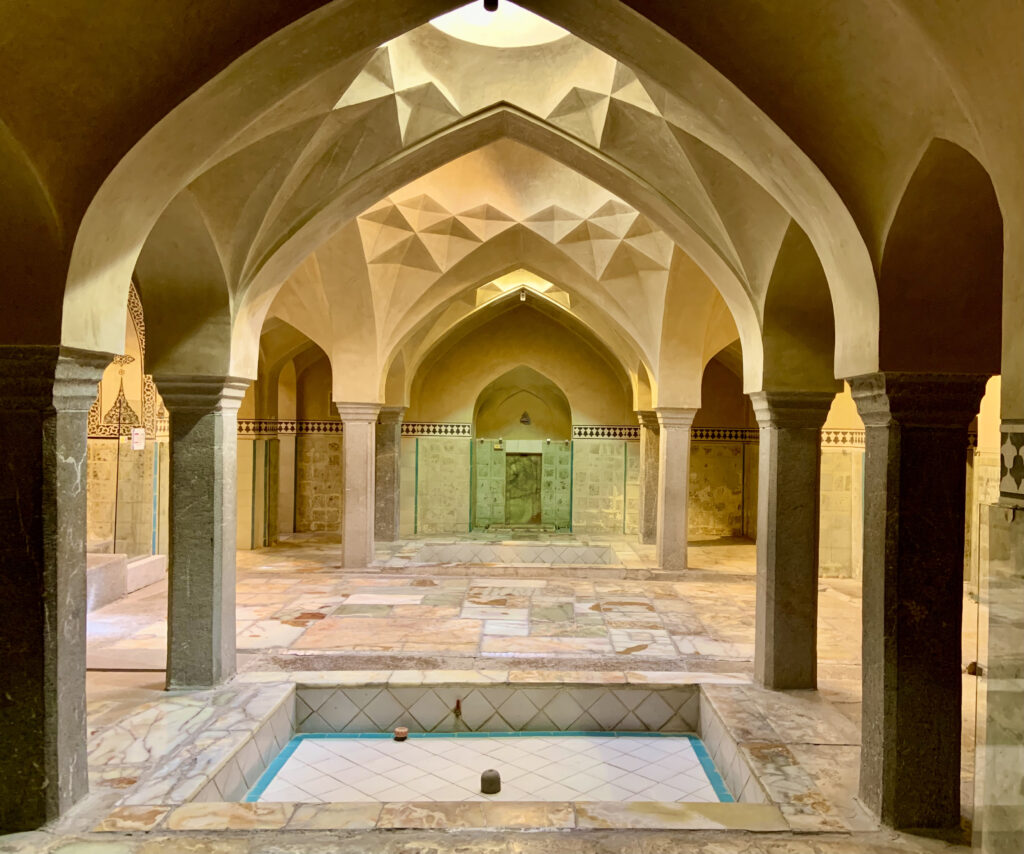
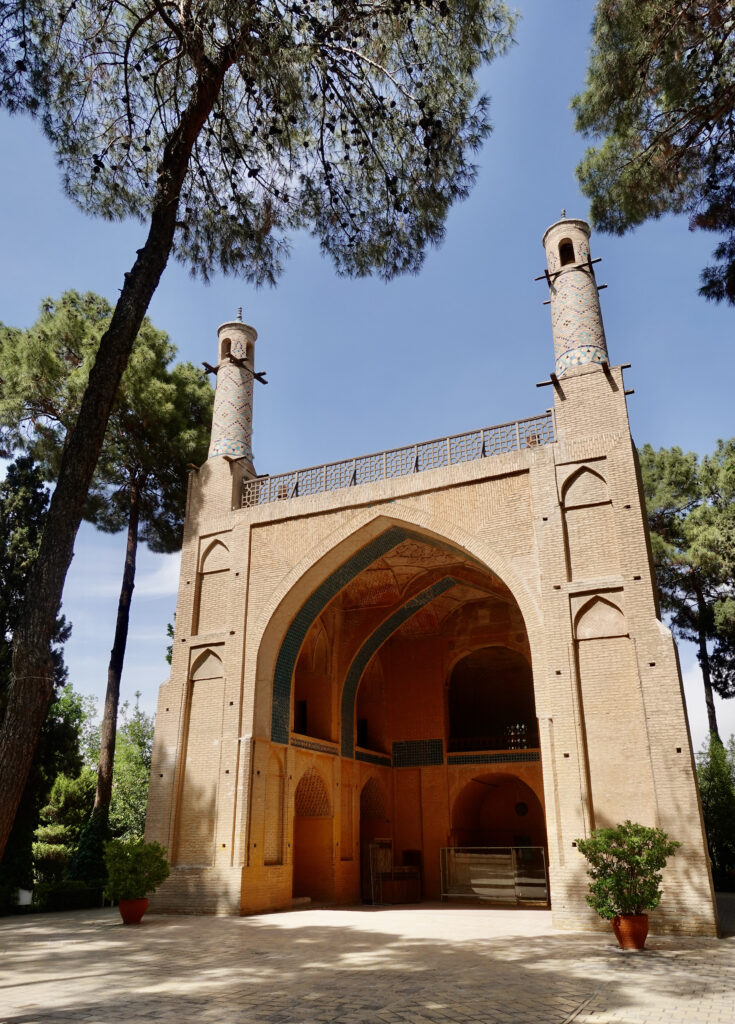
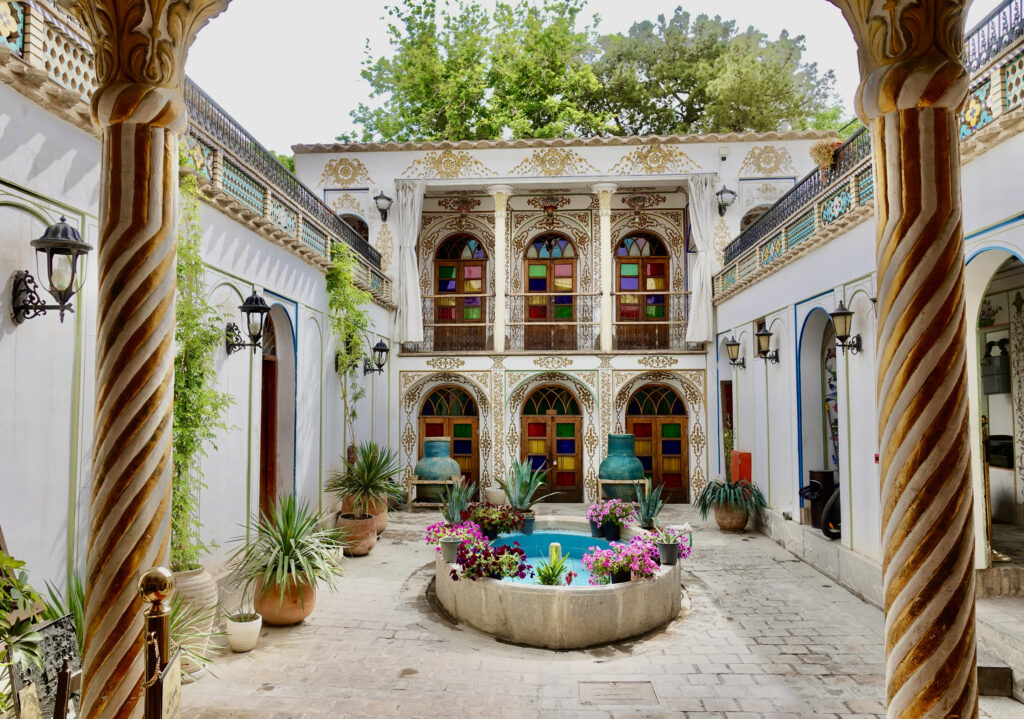
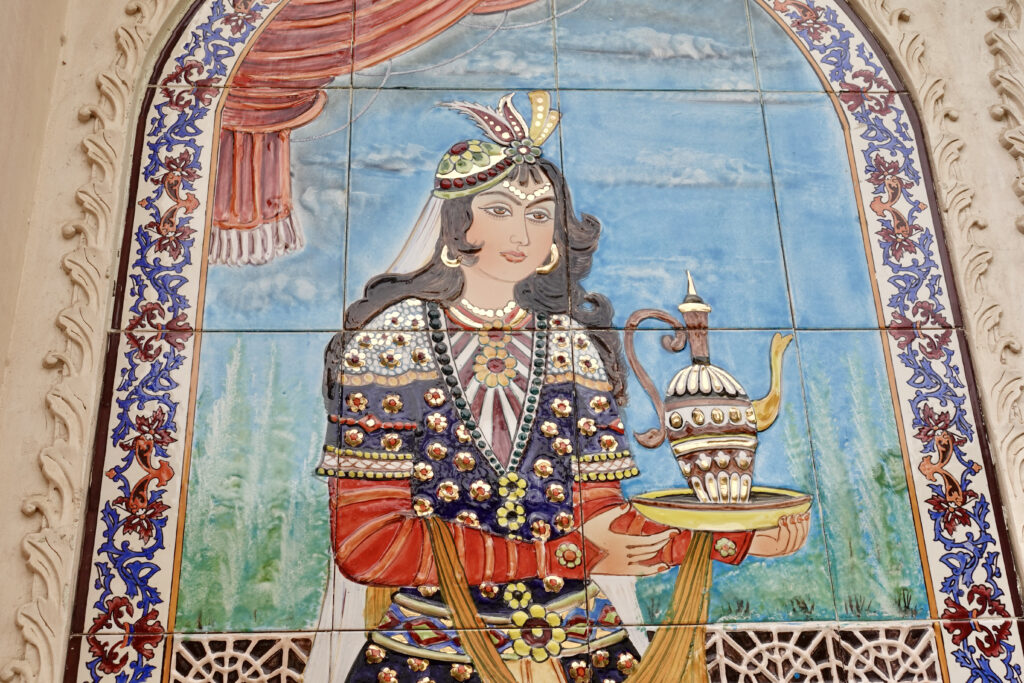

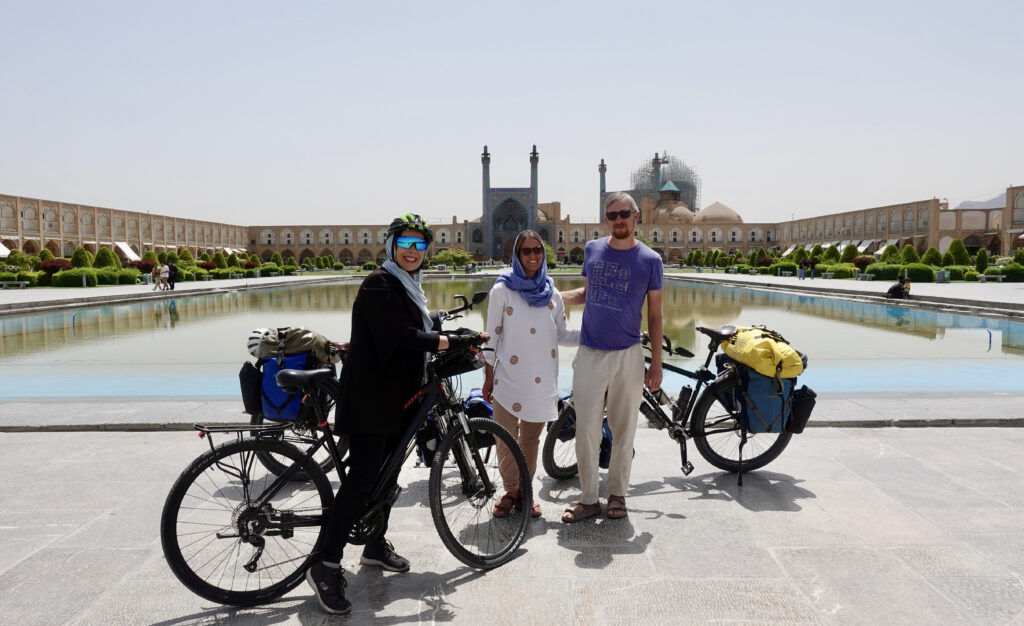
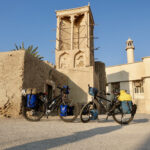
Leave a Reply